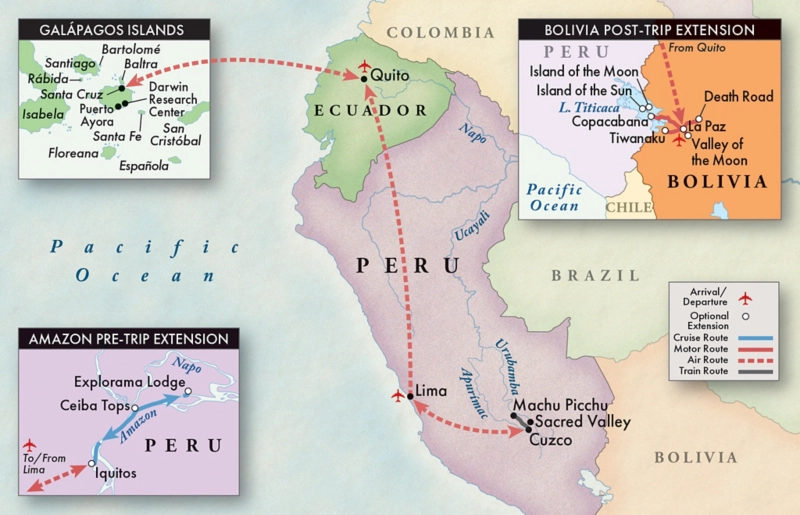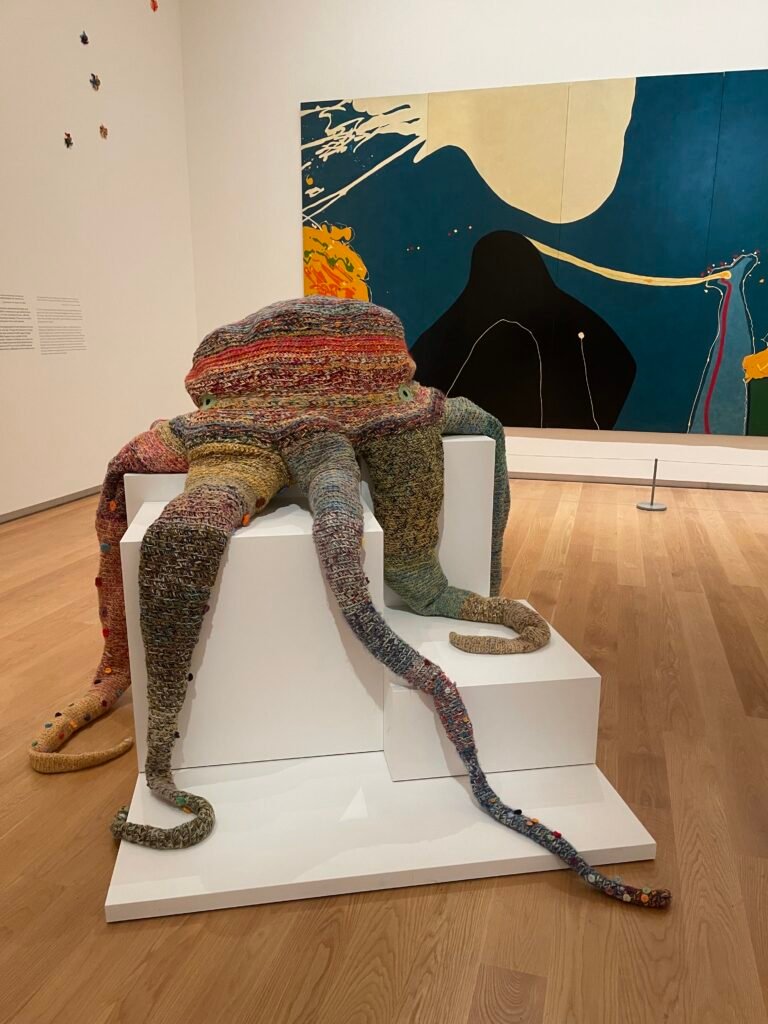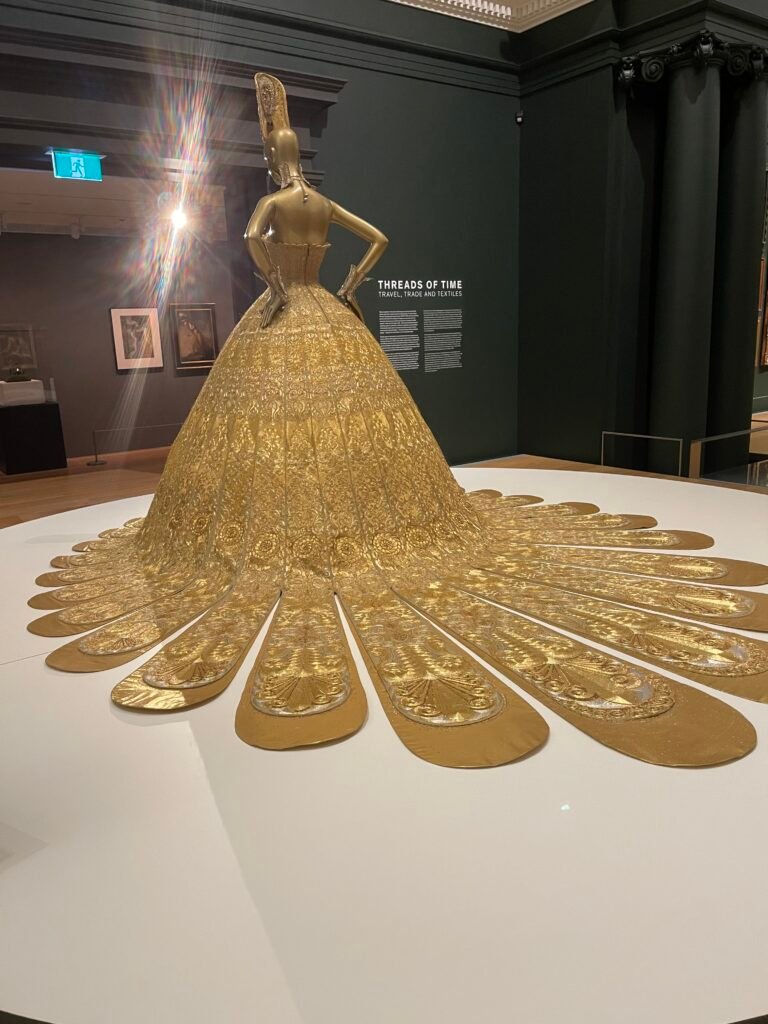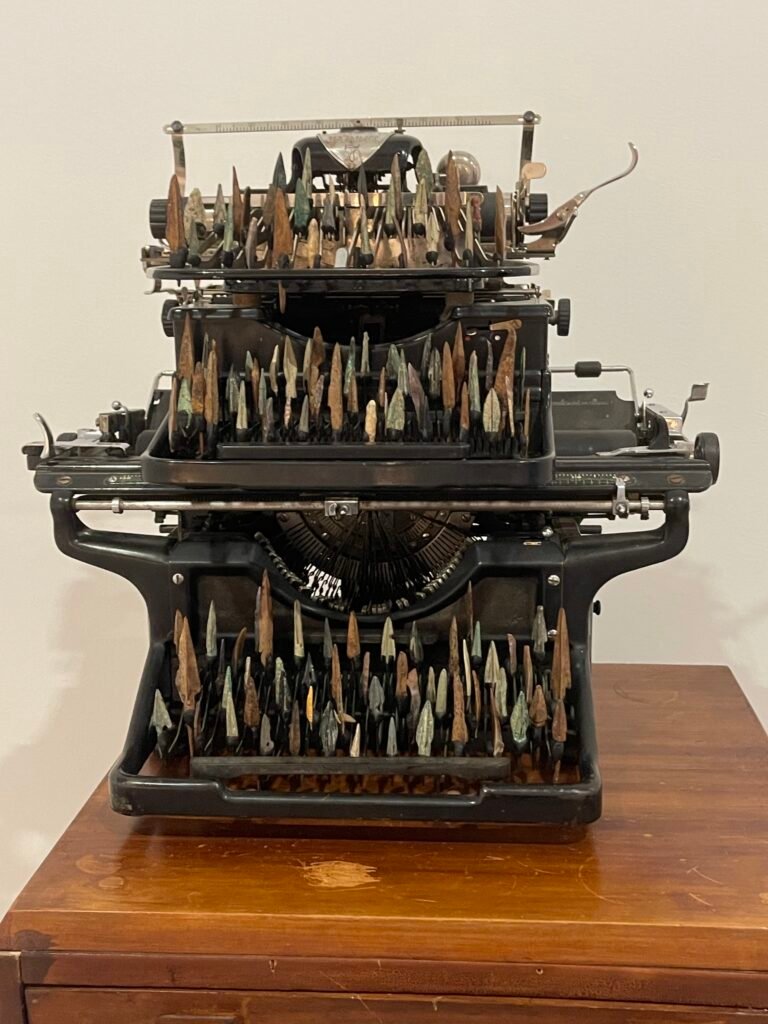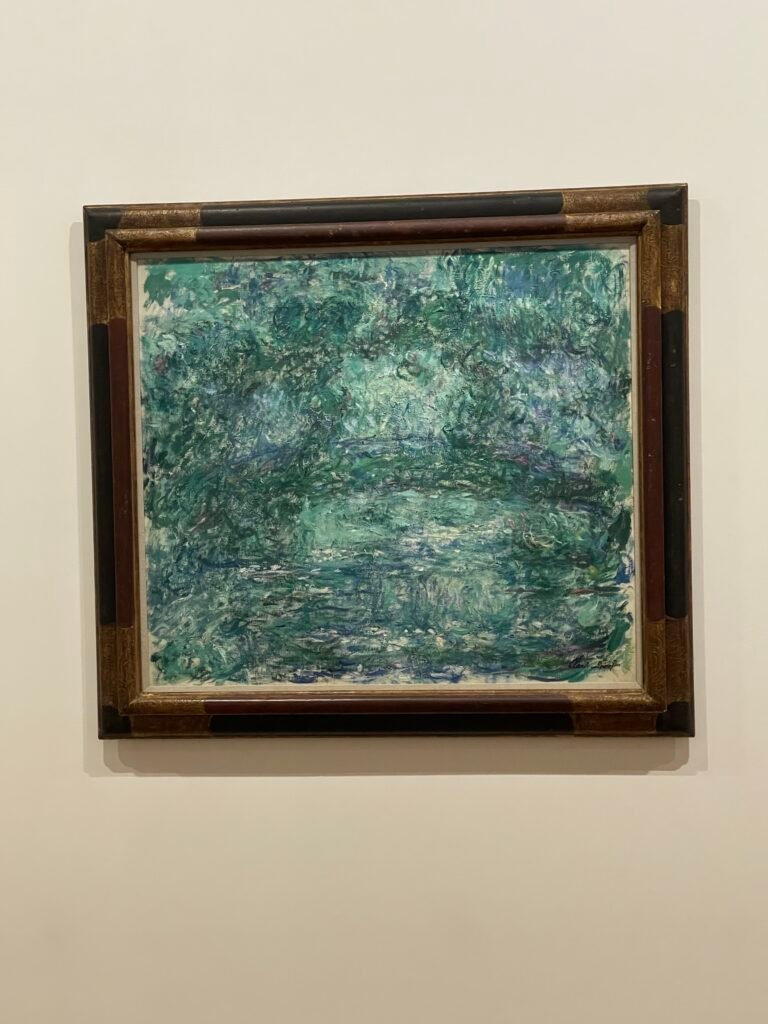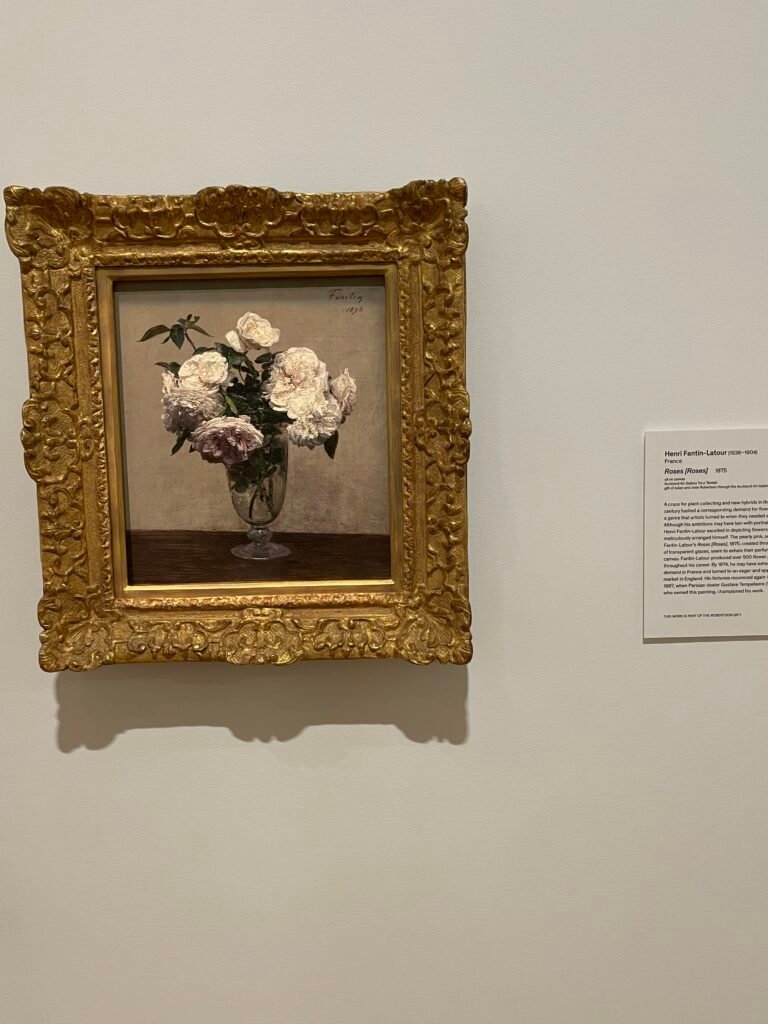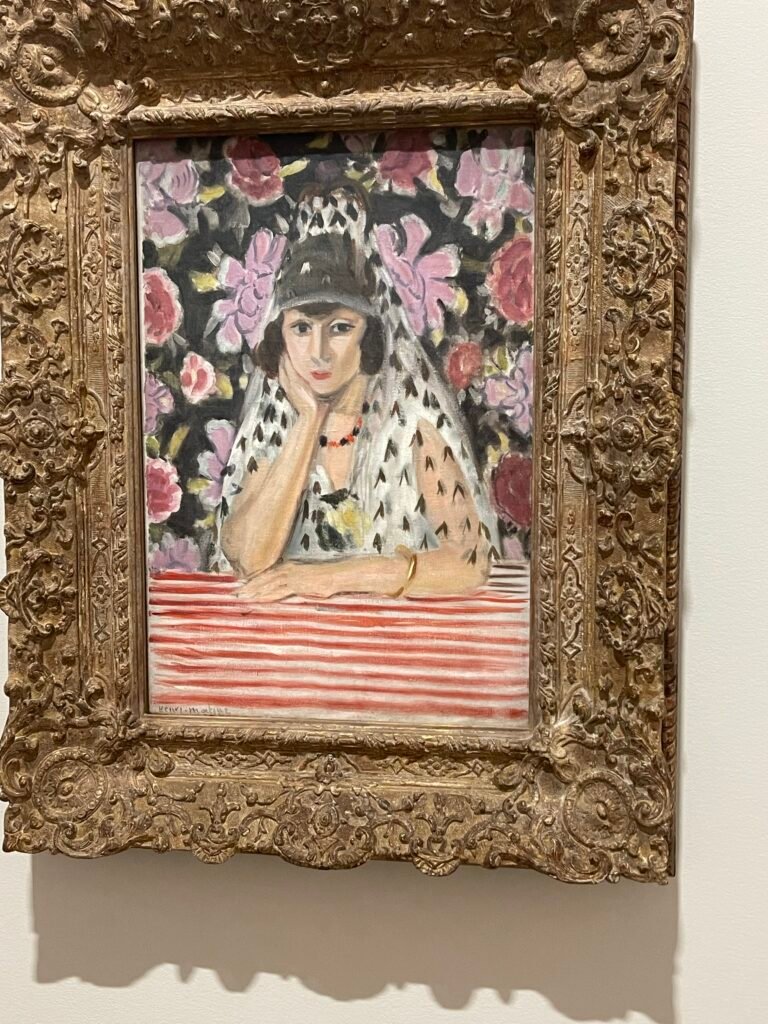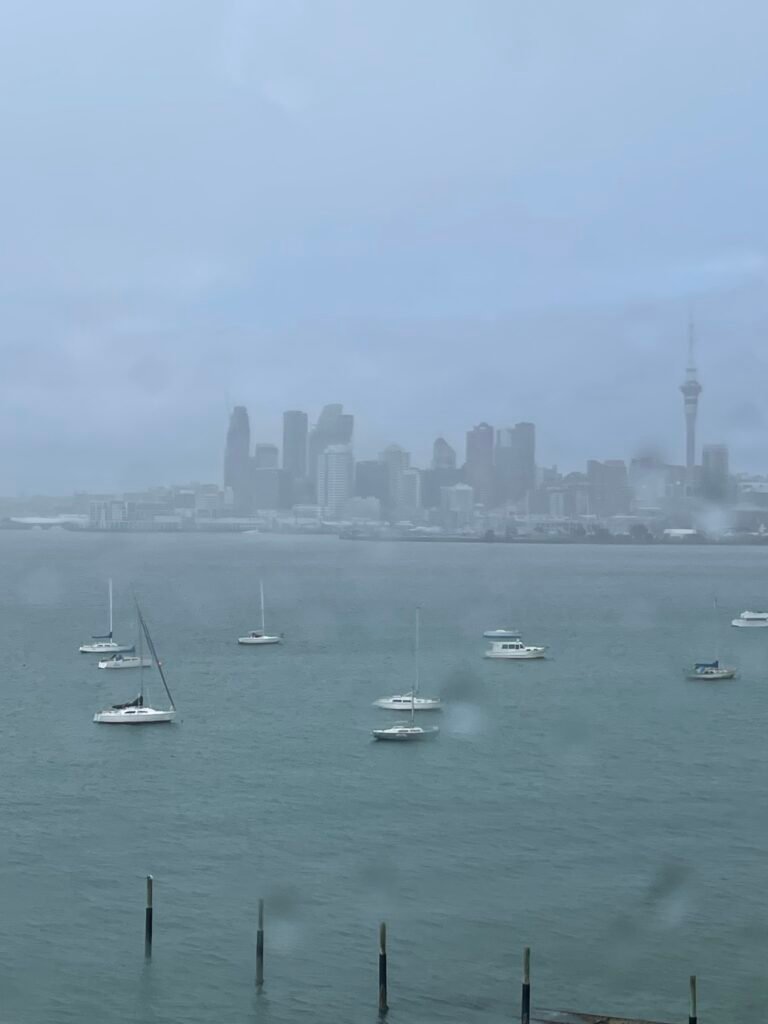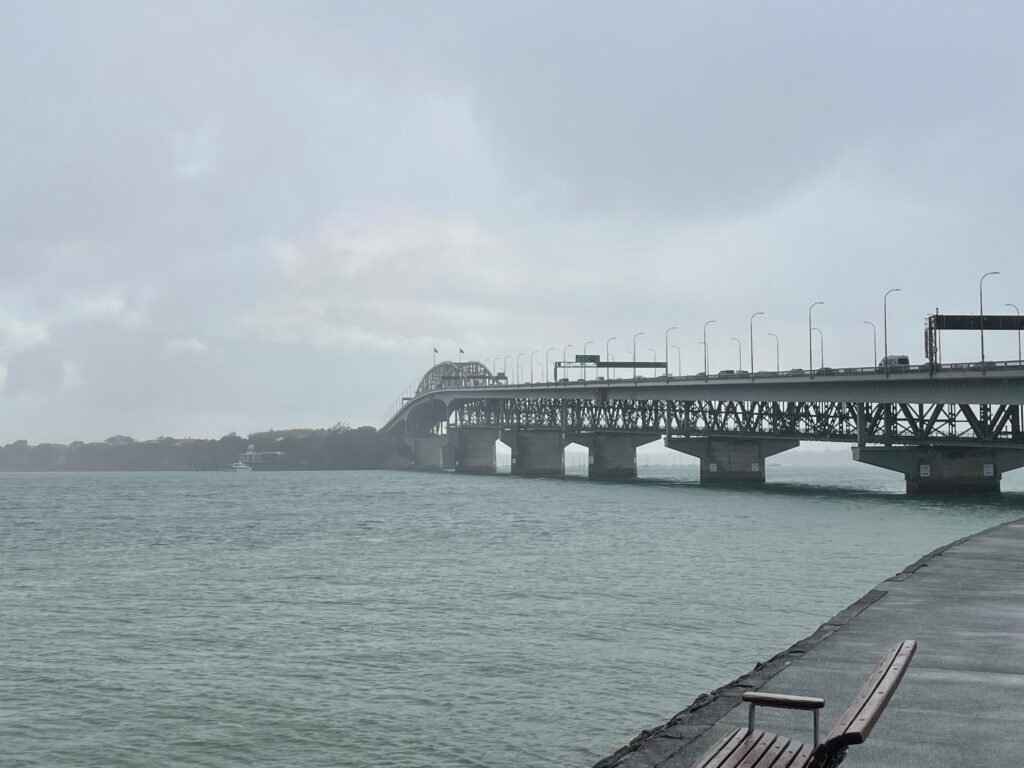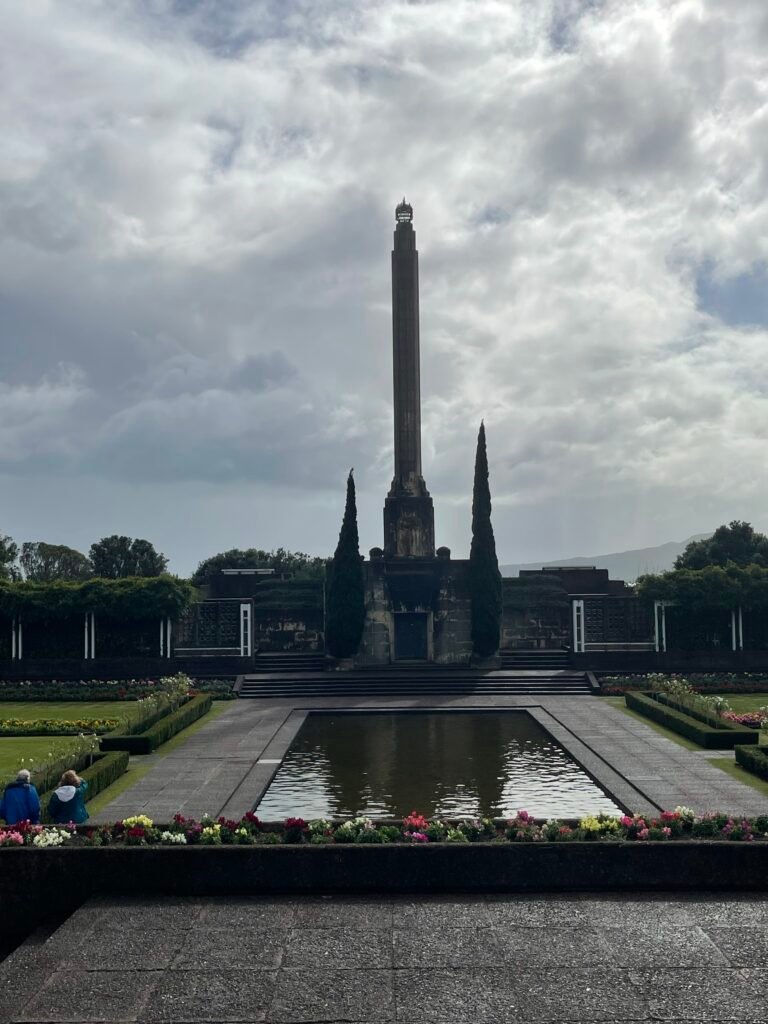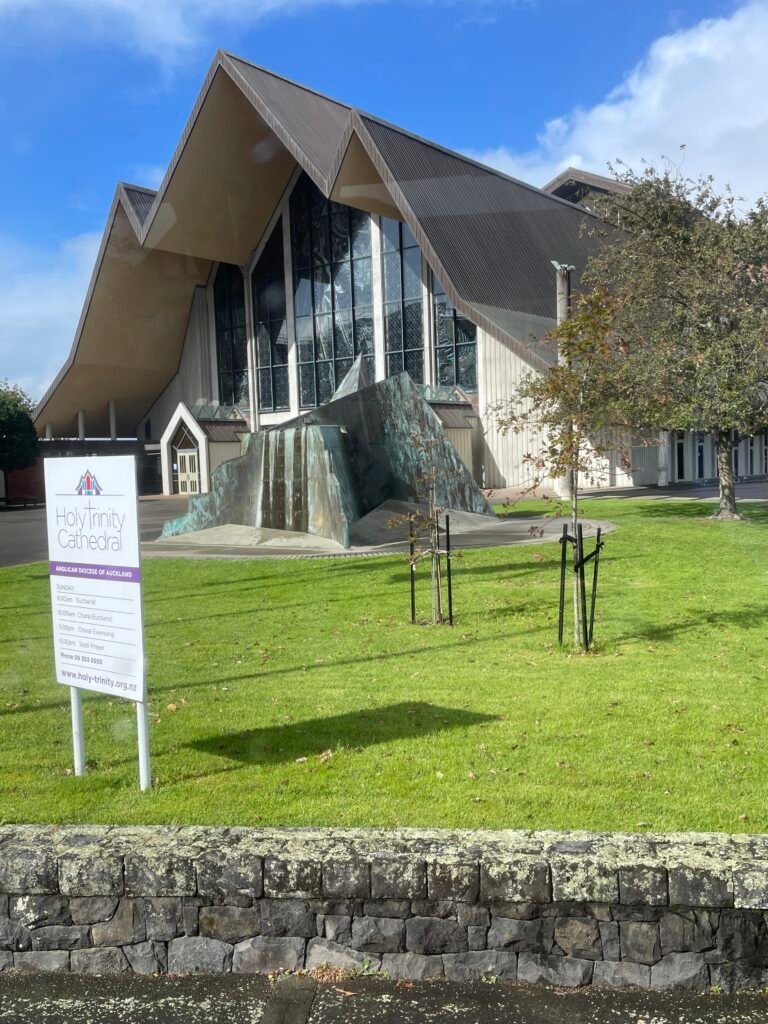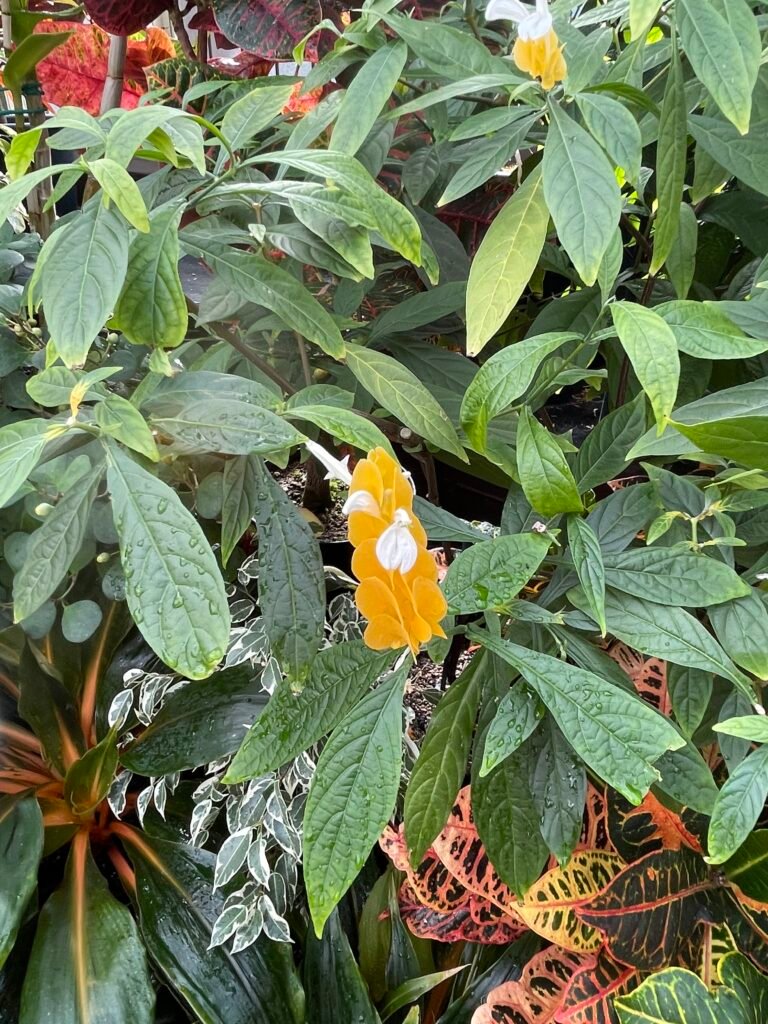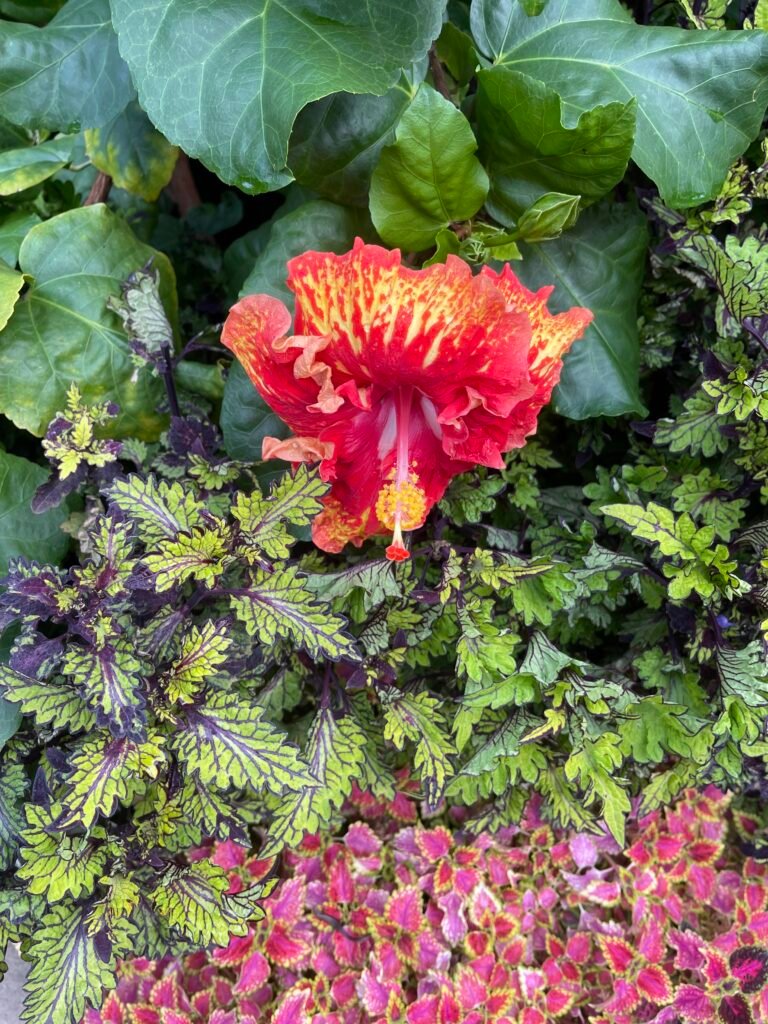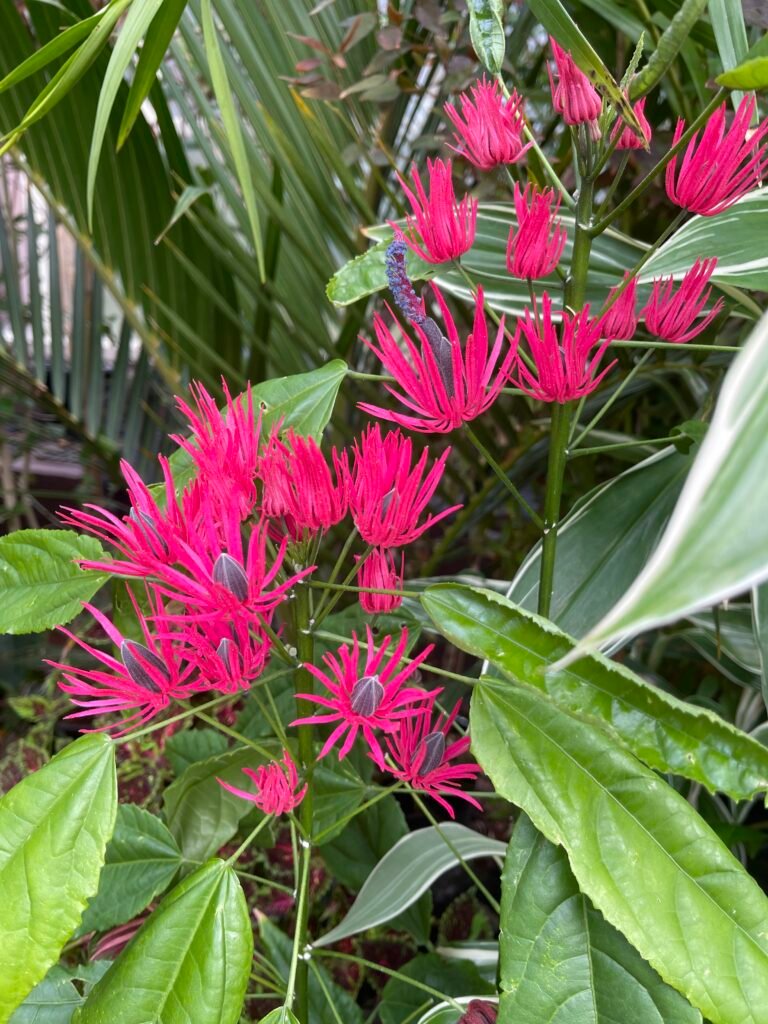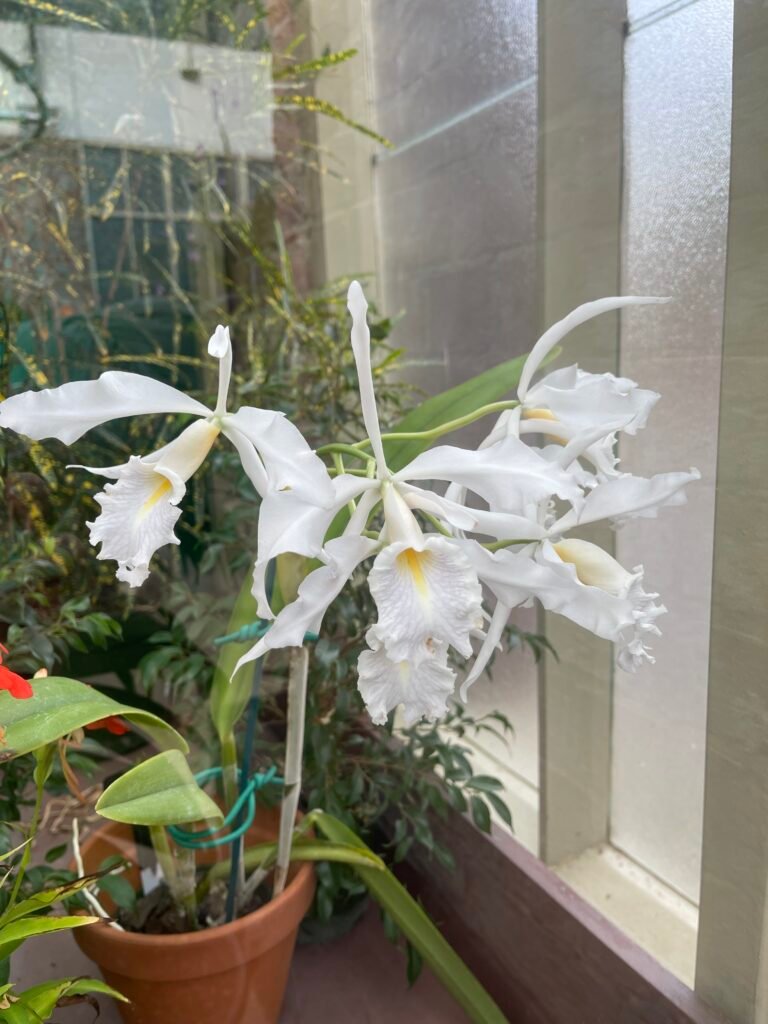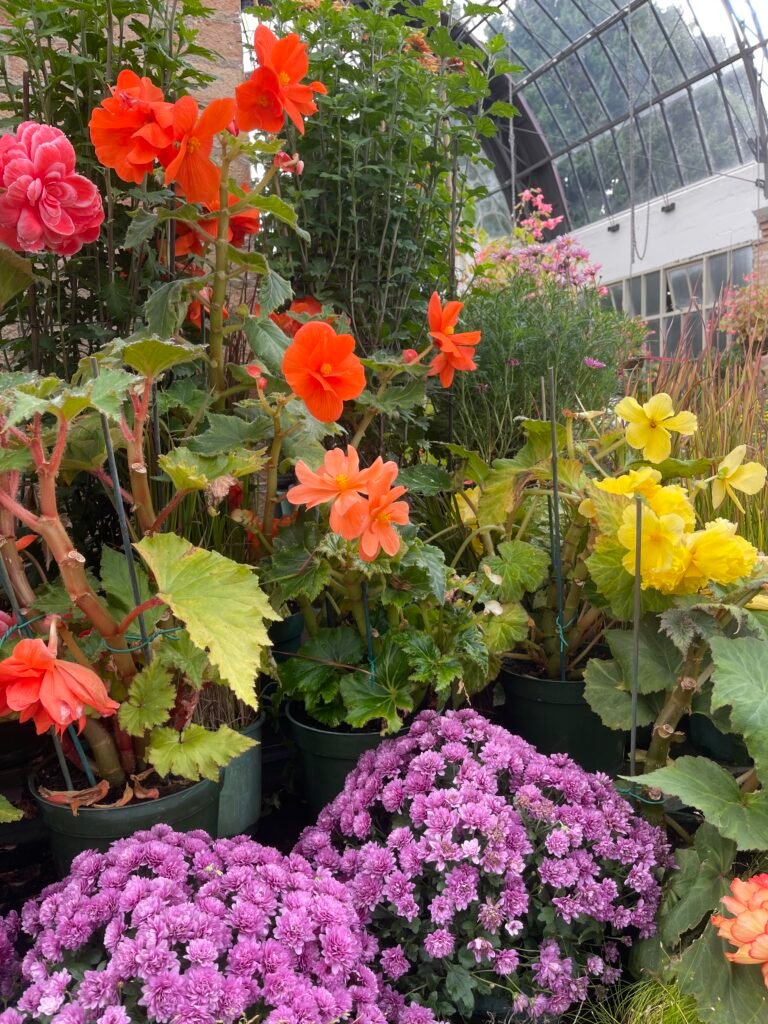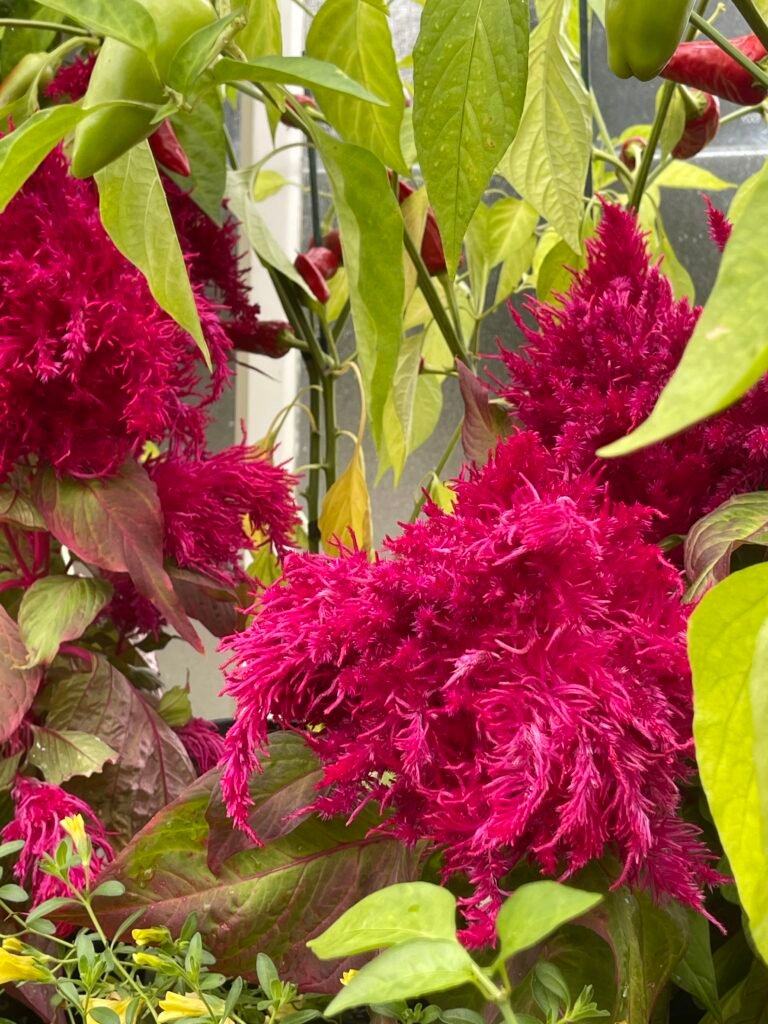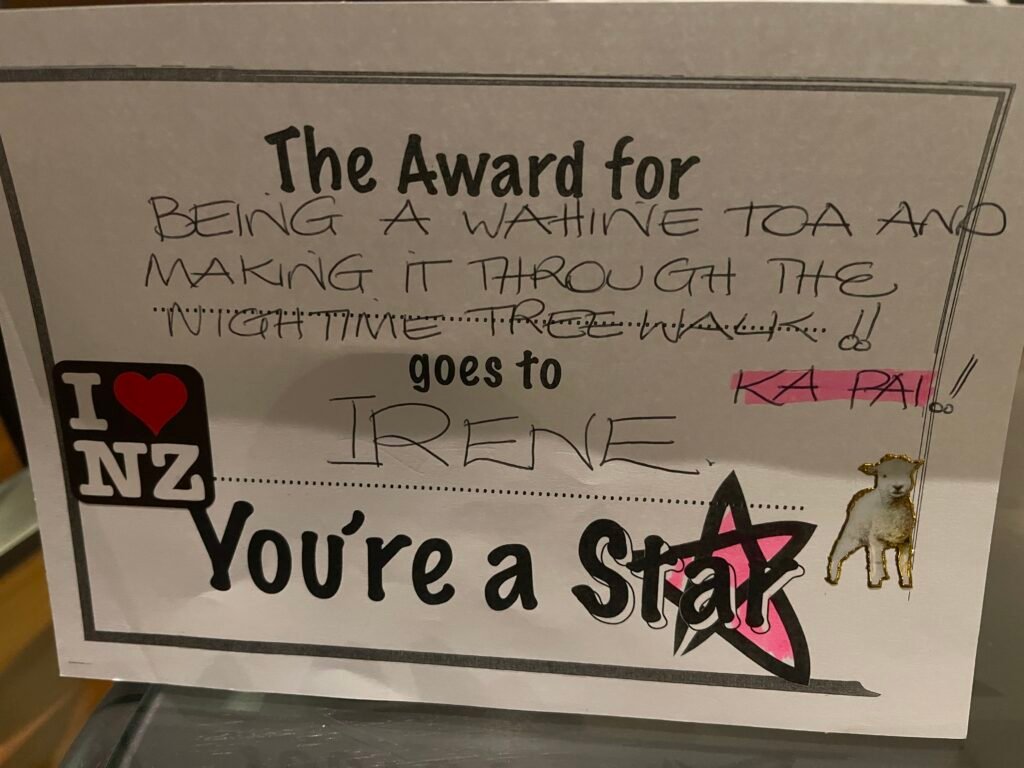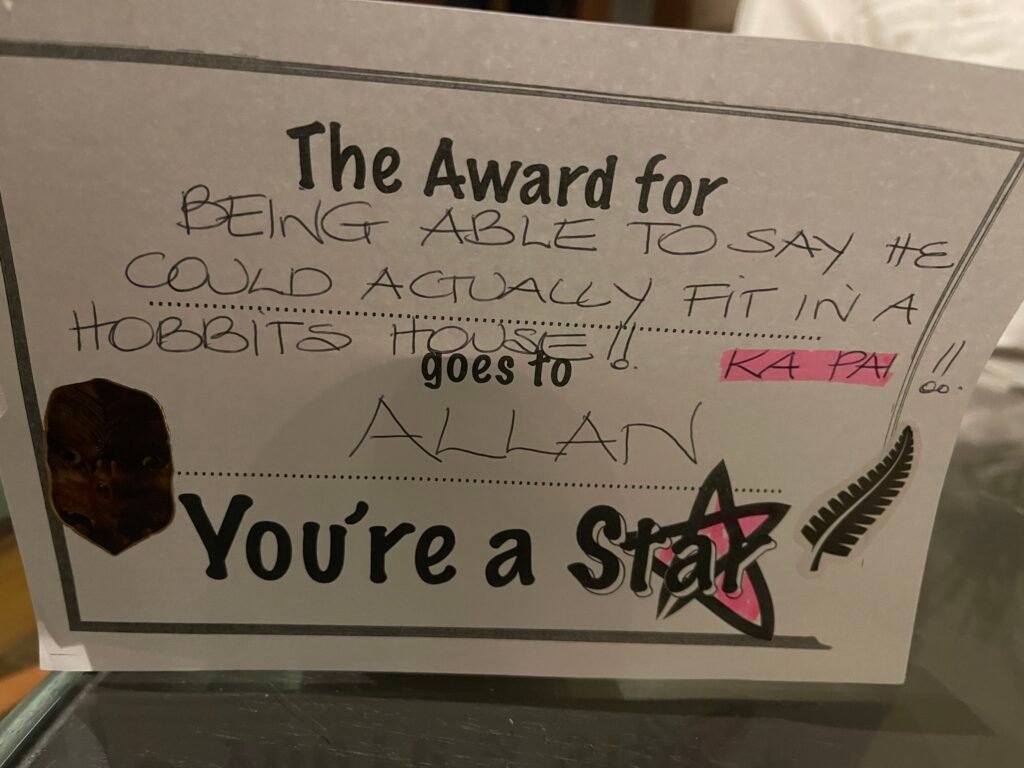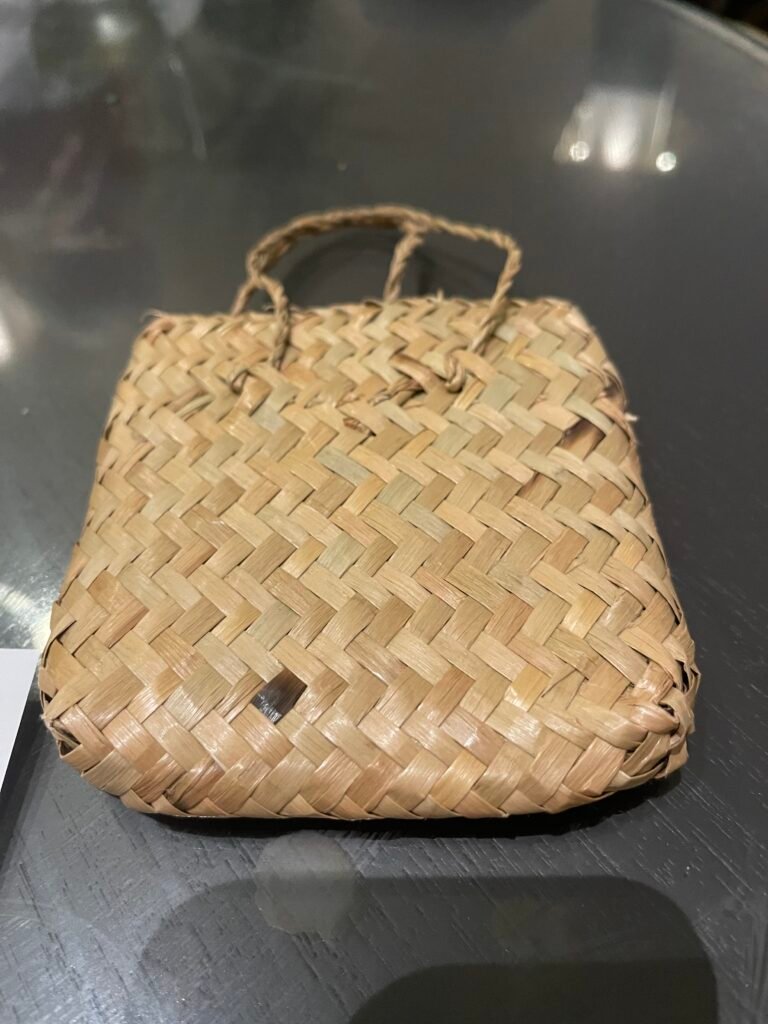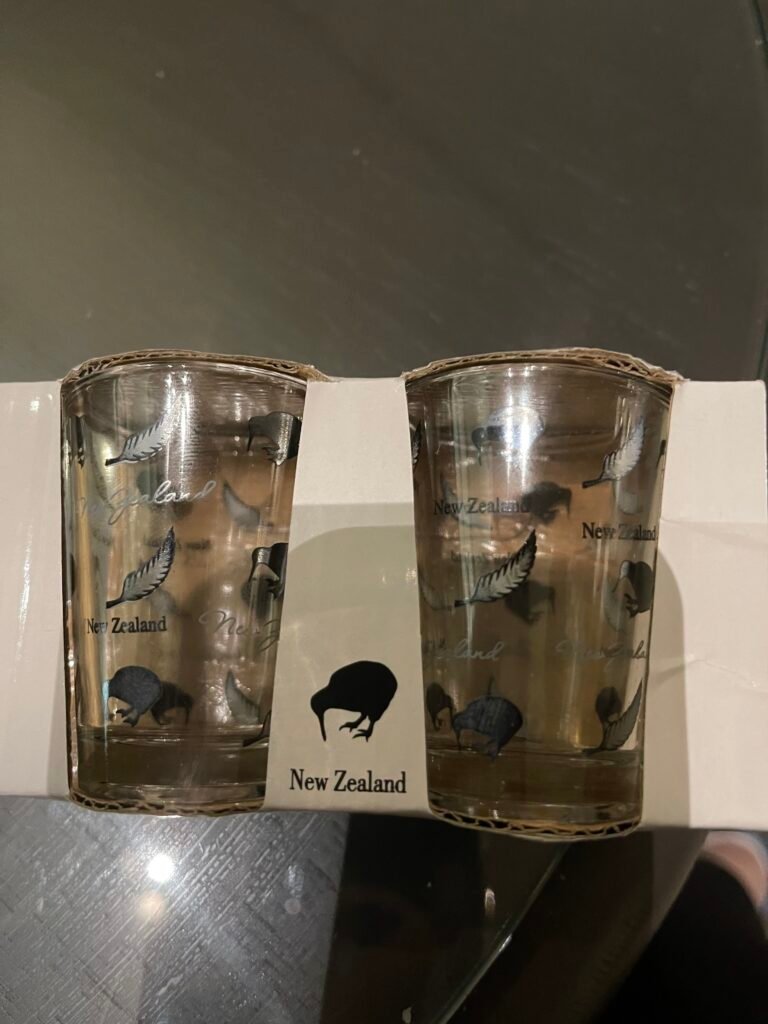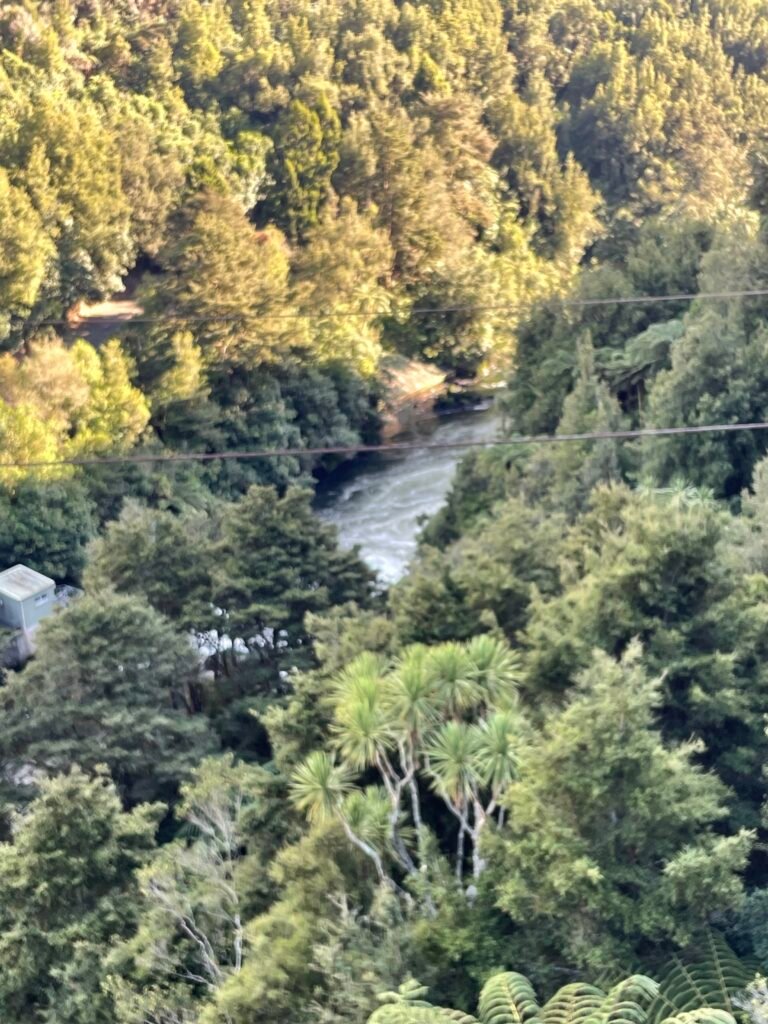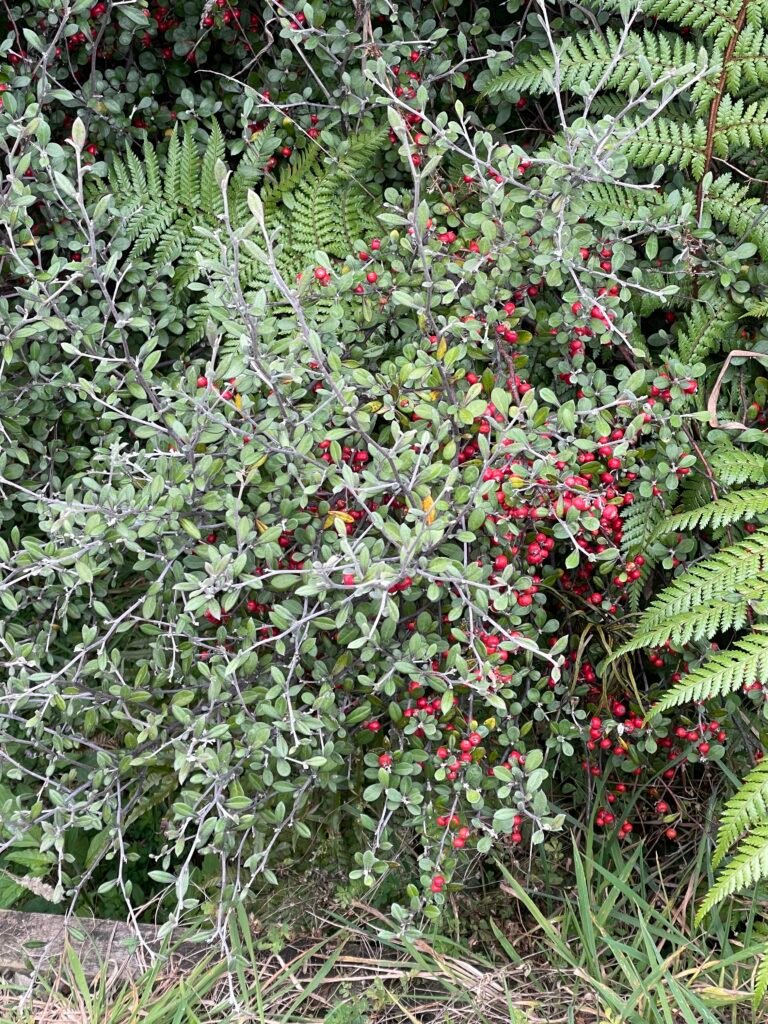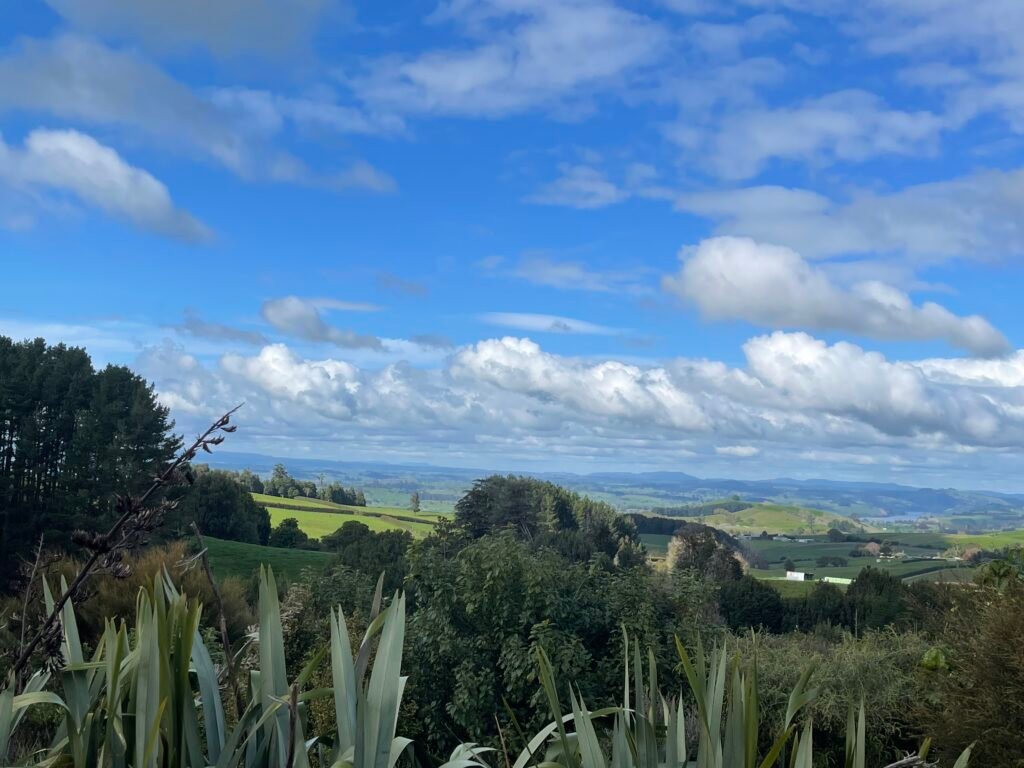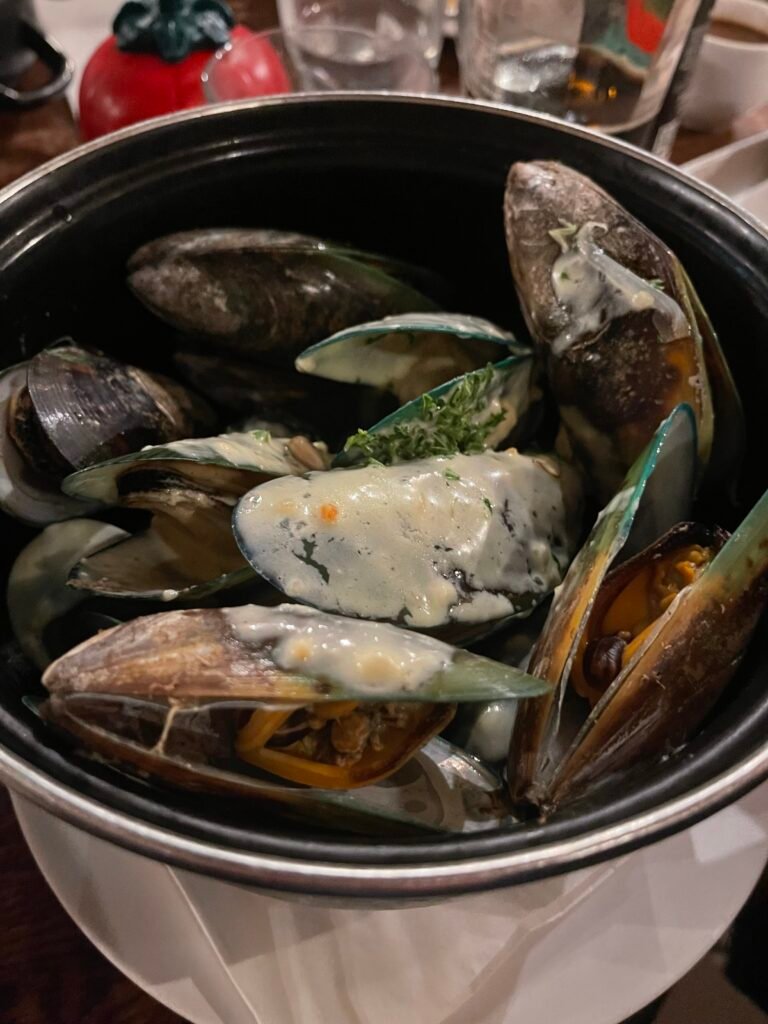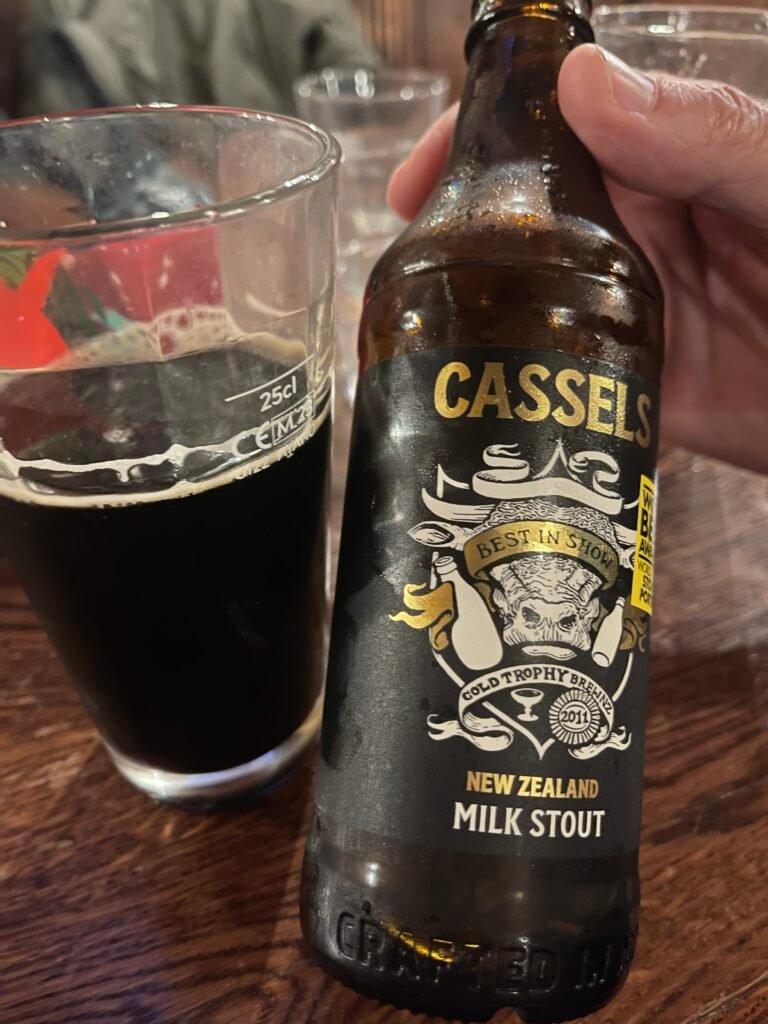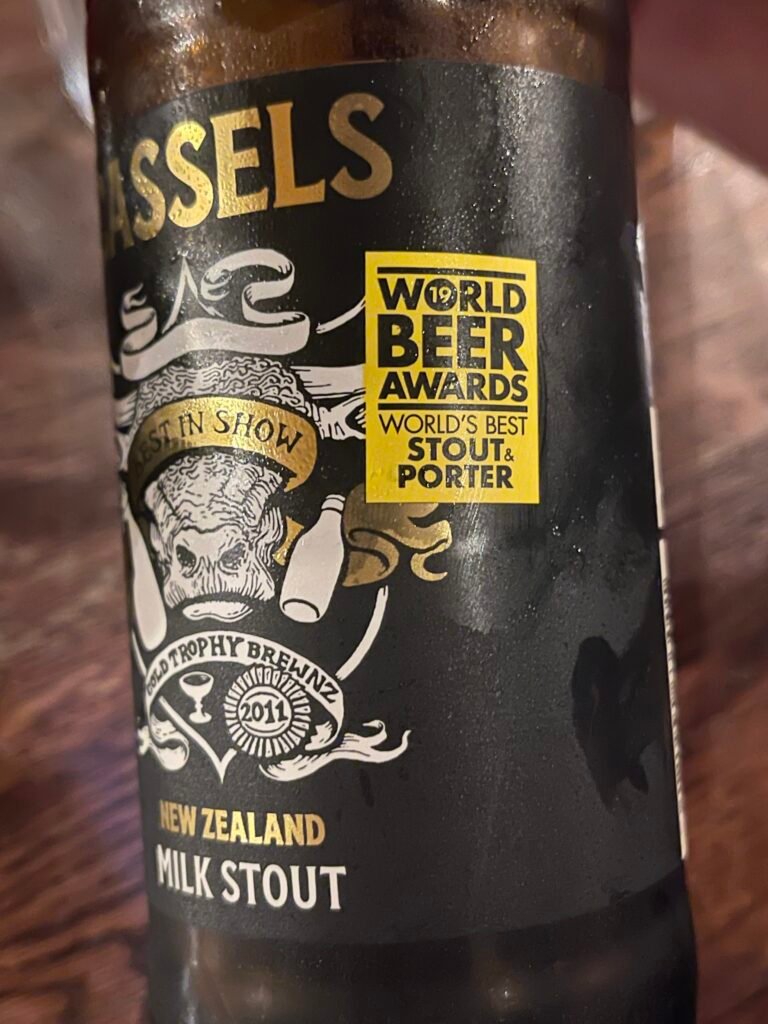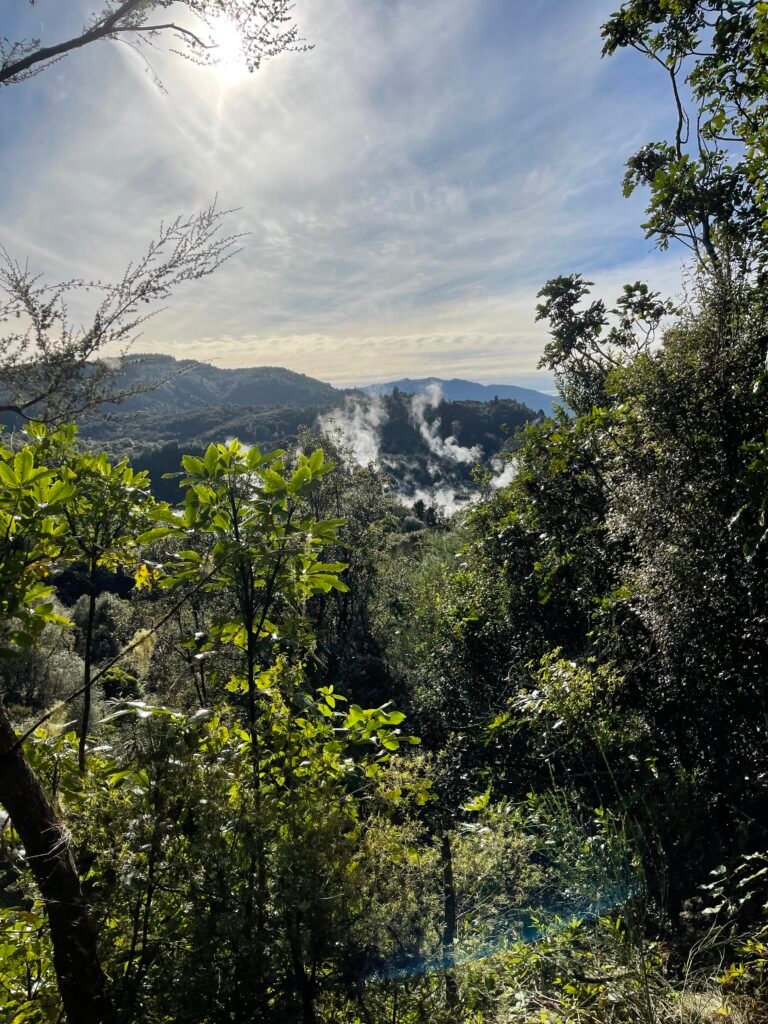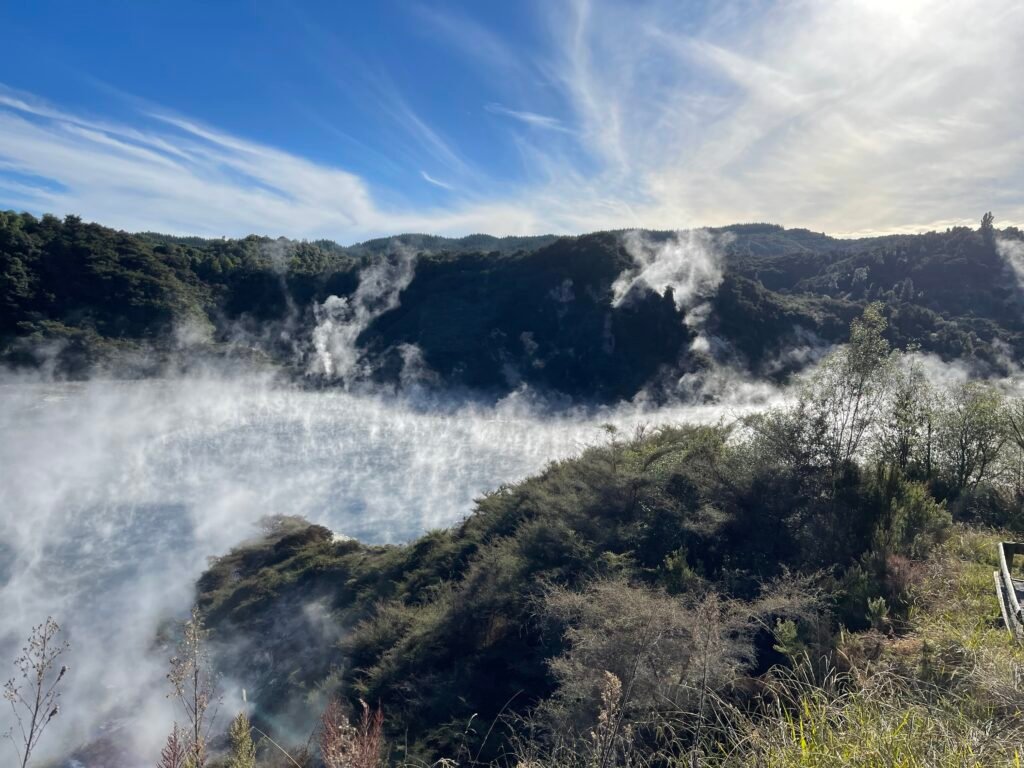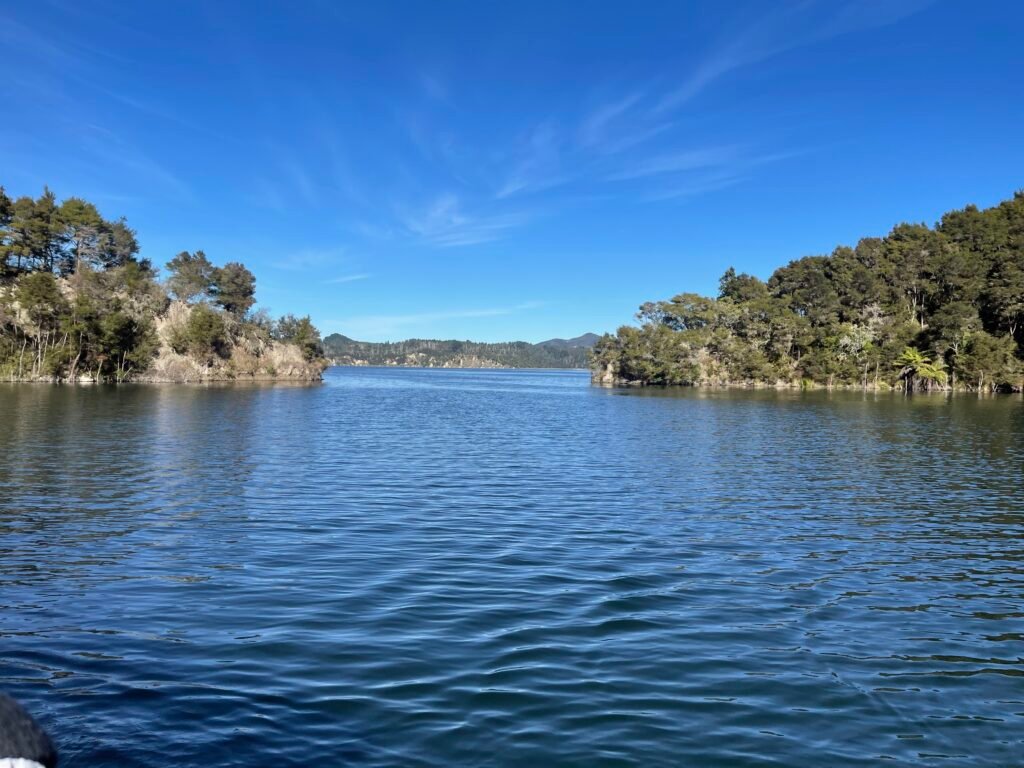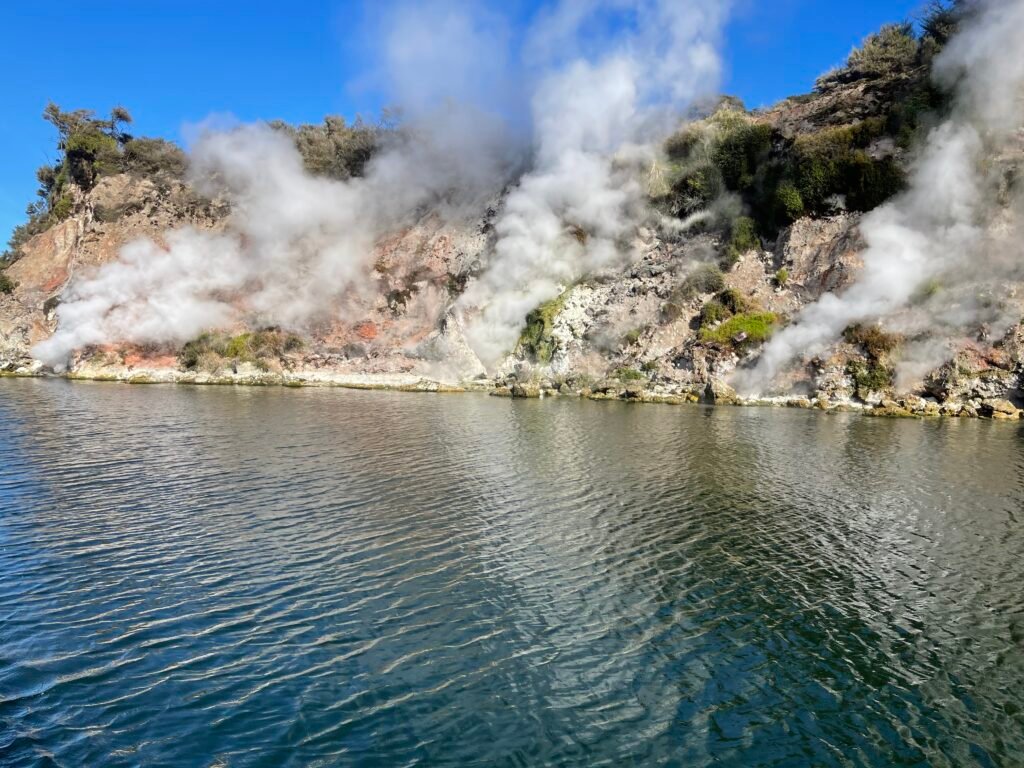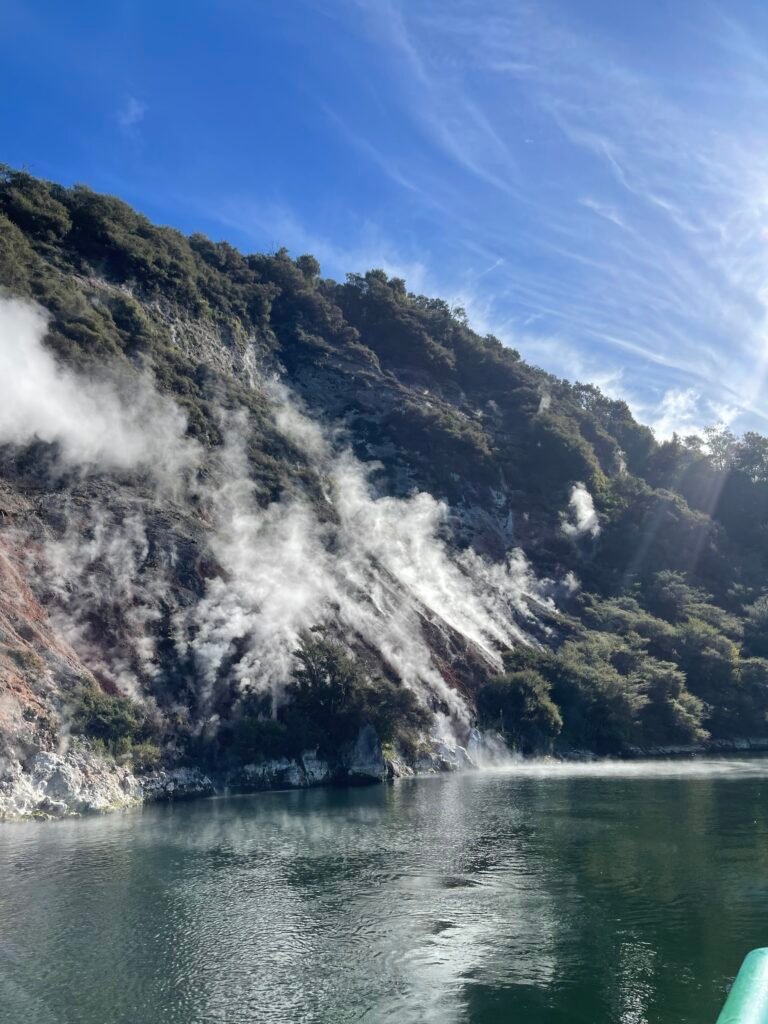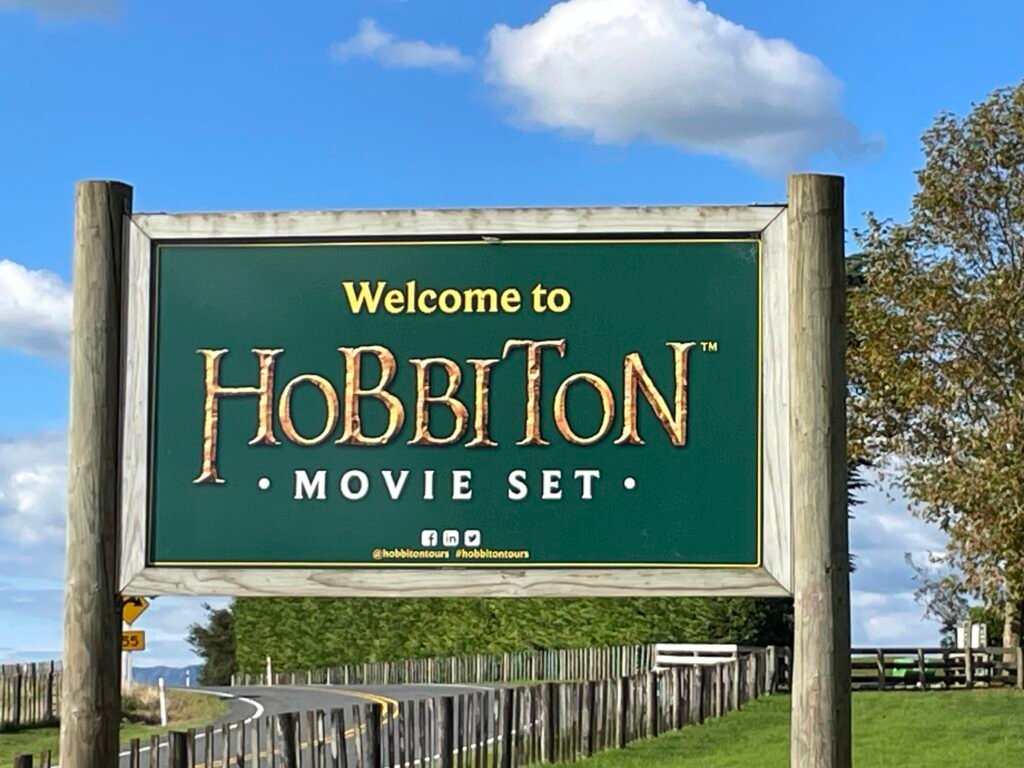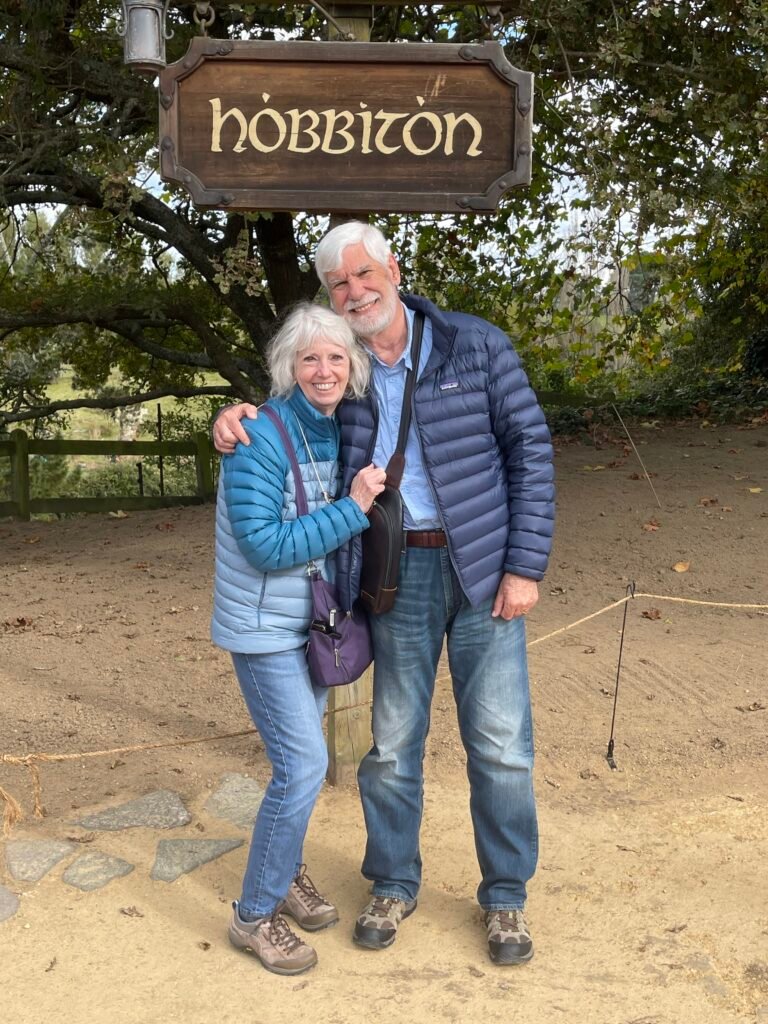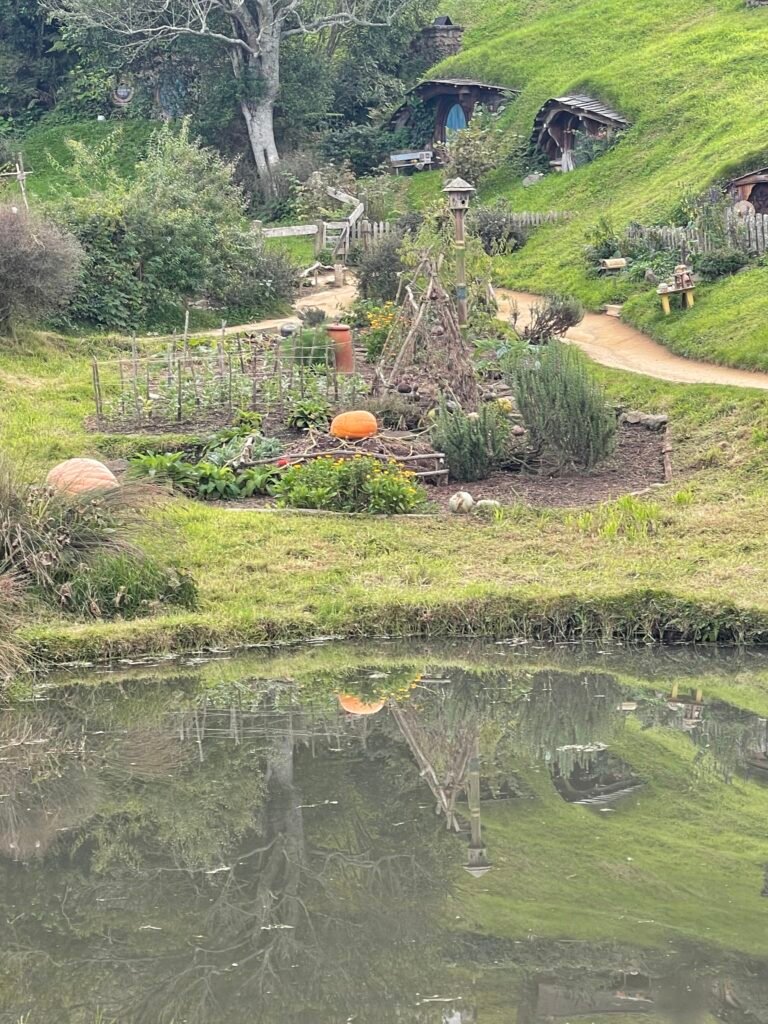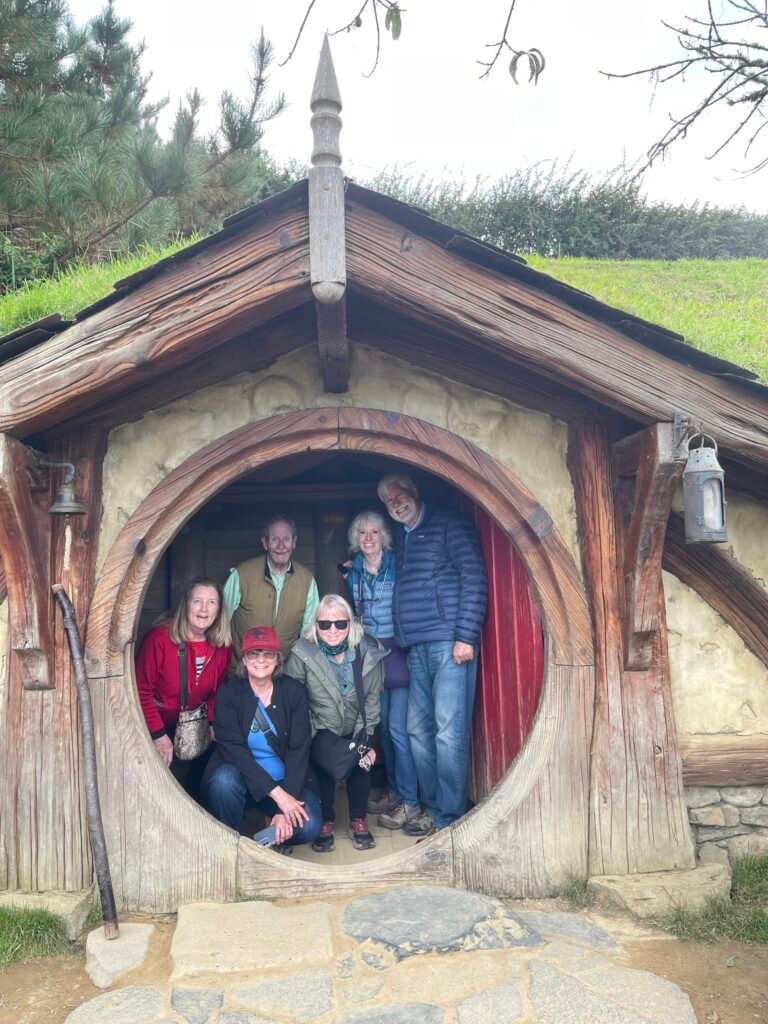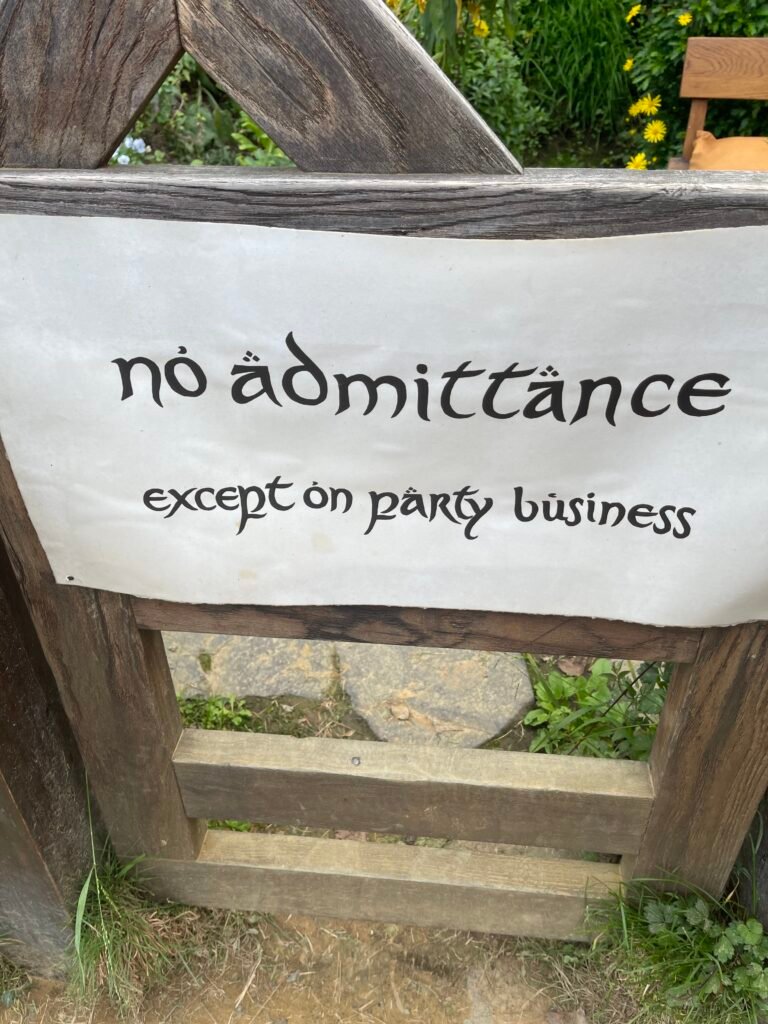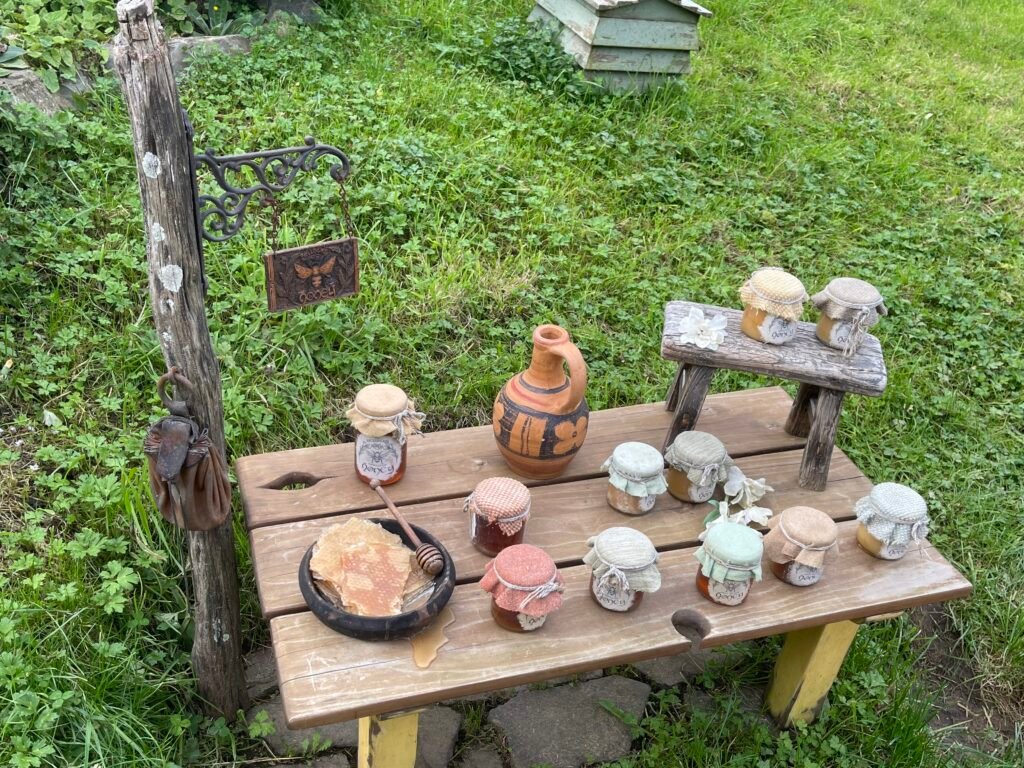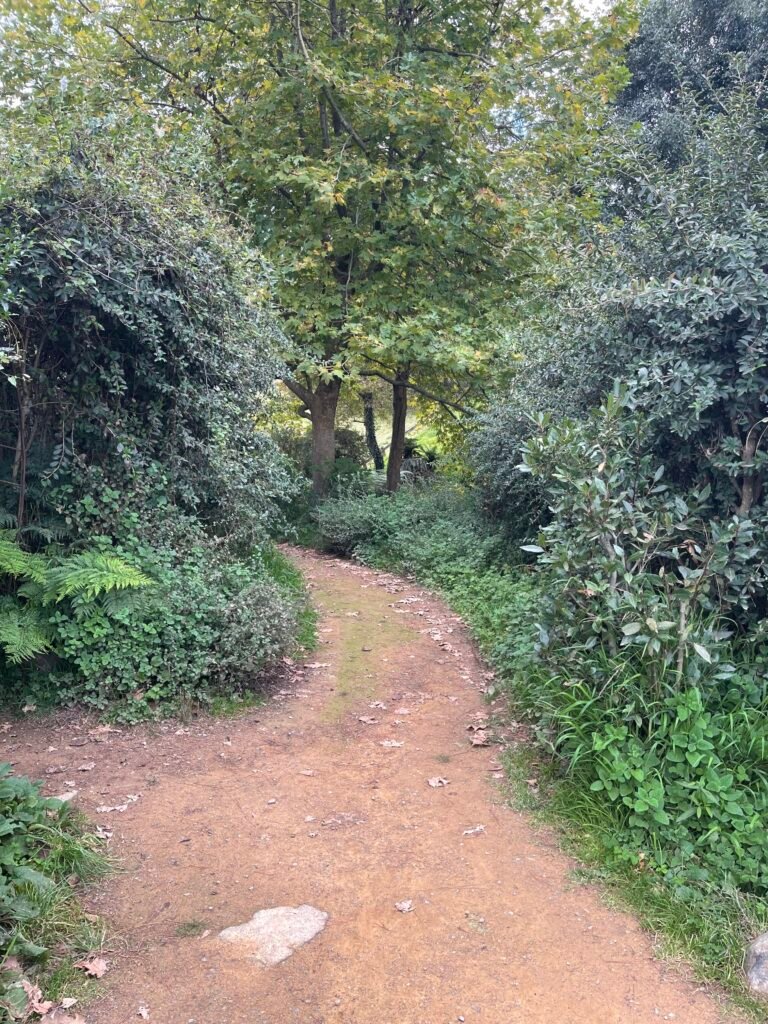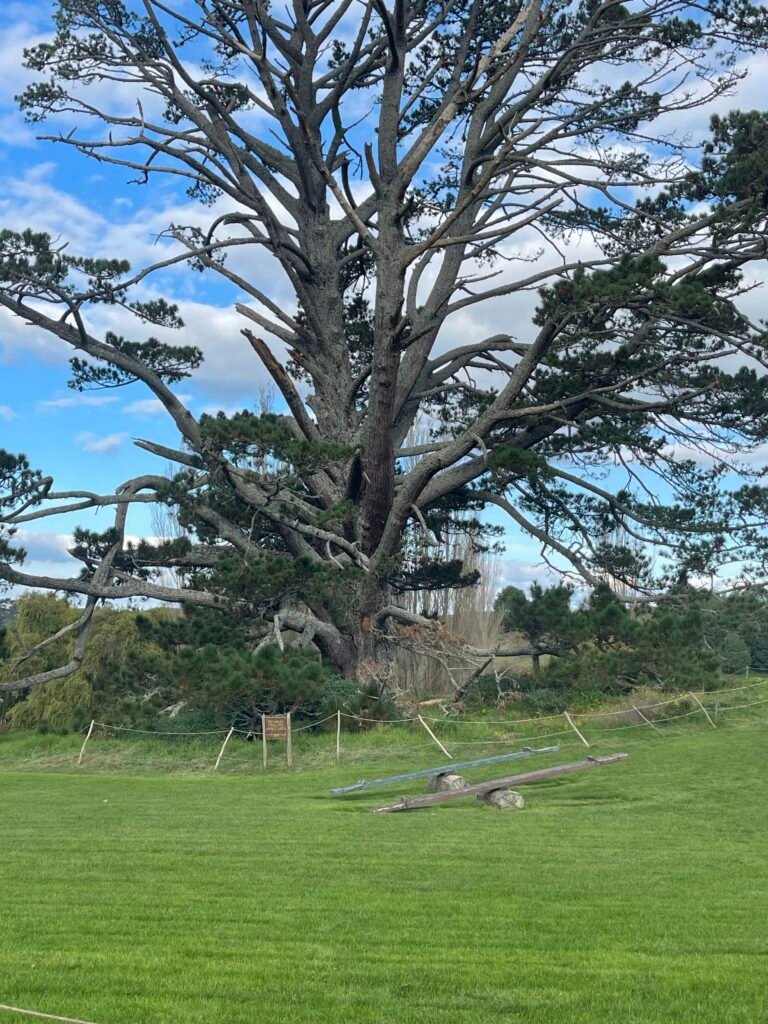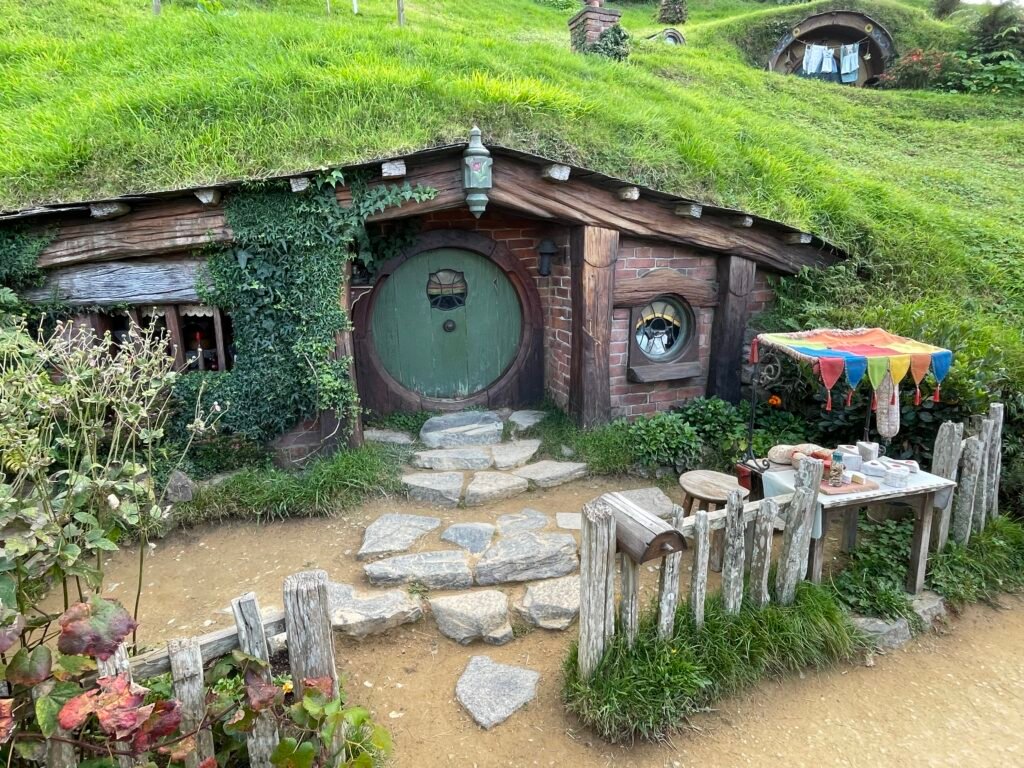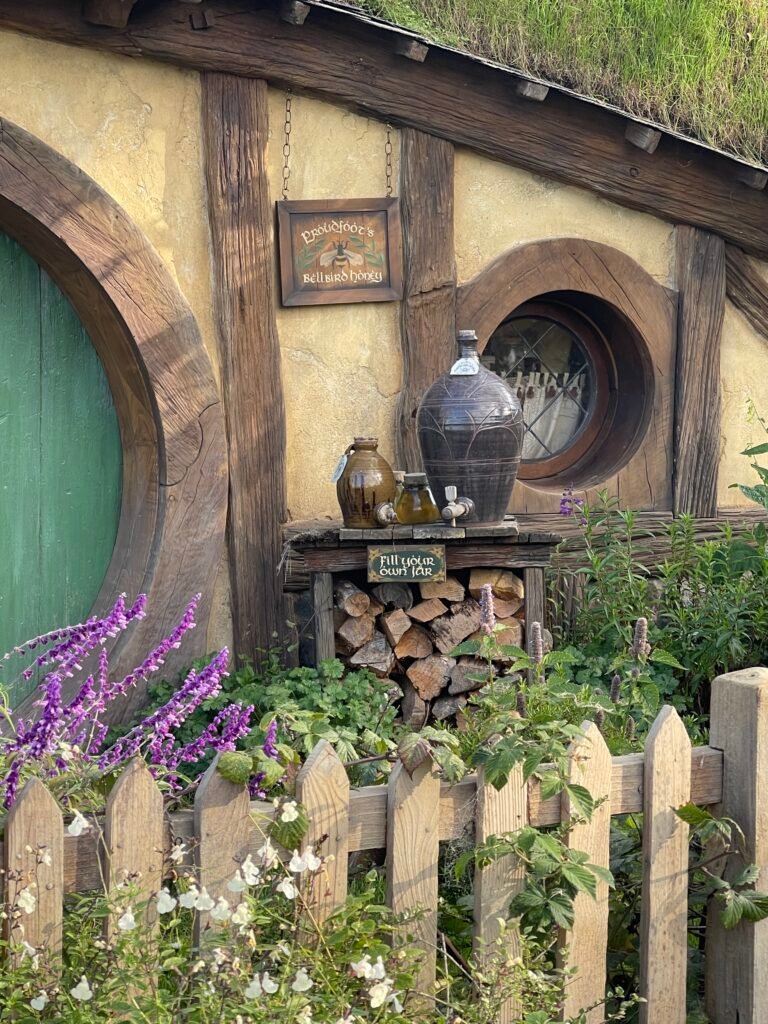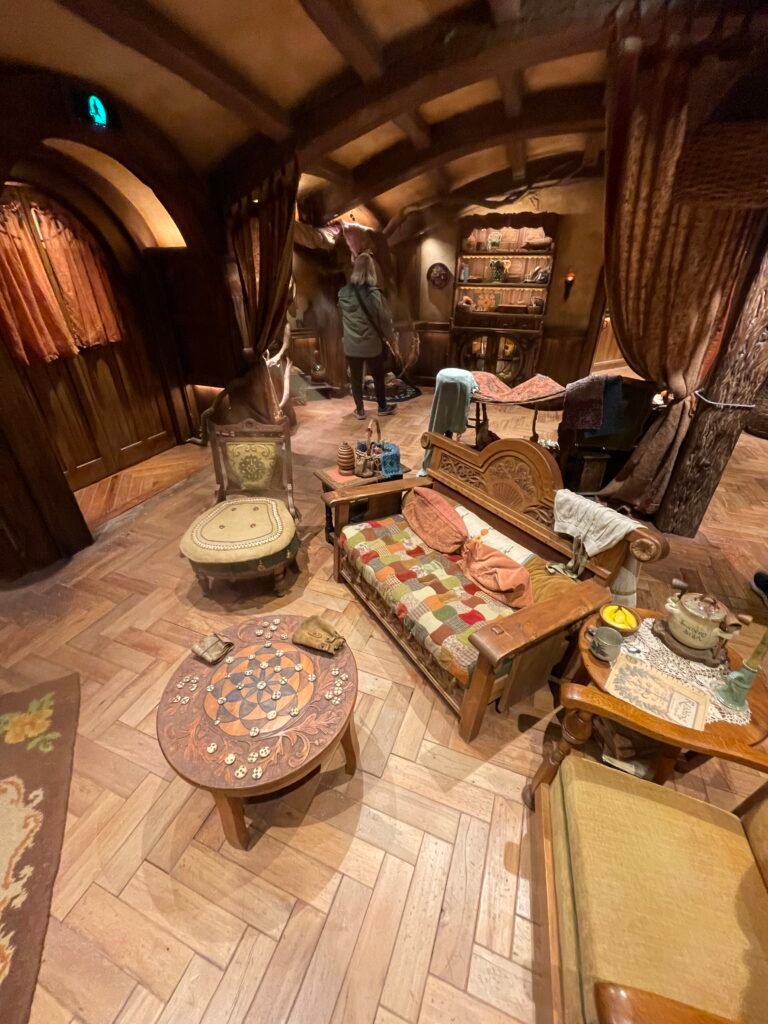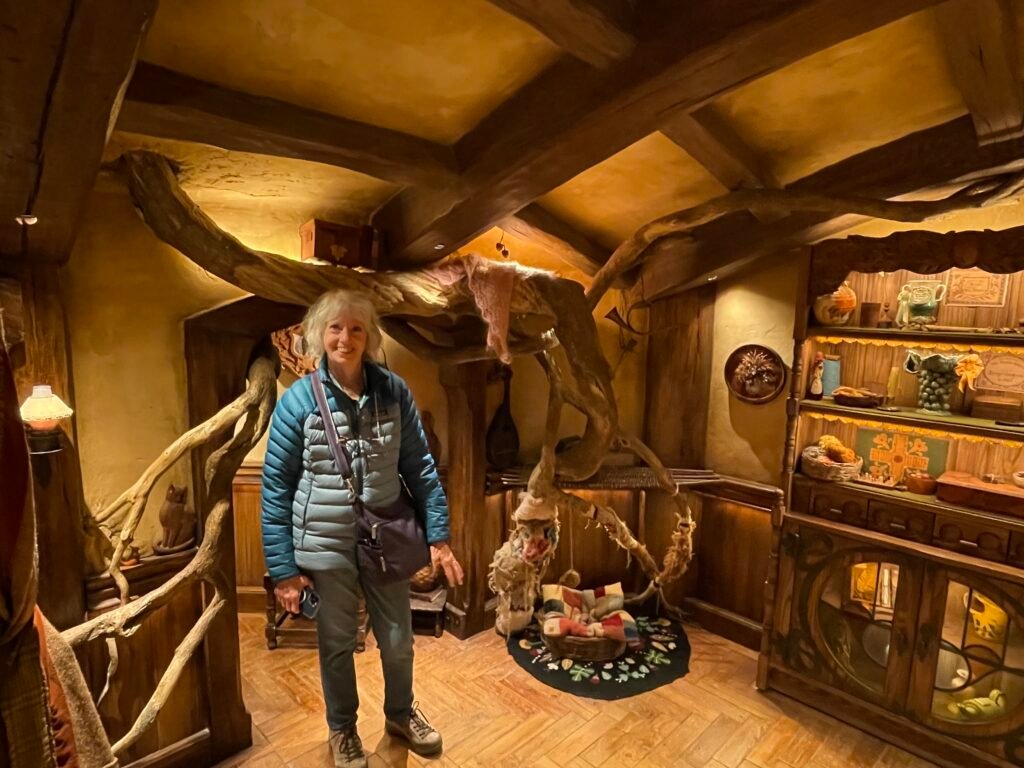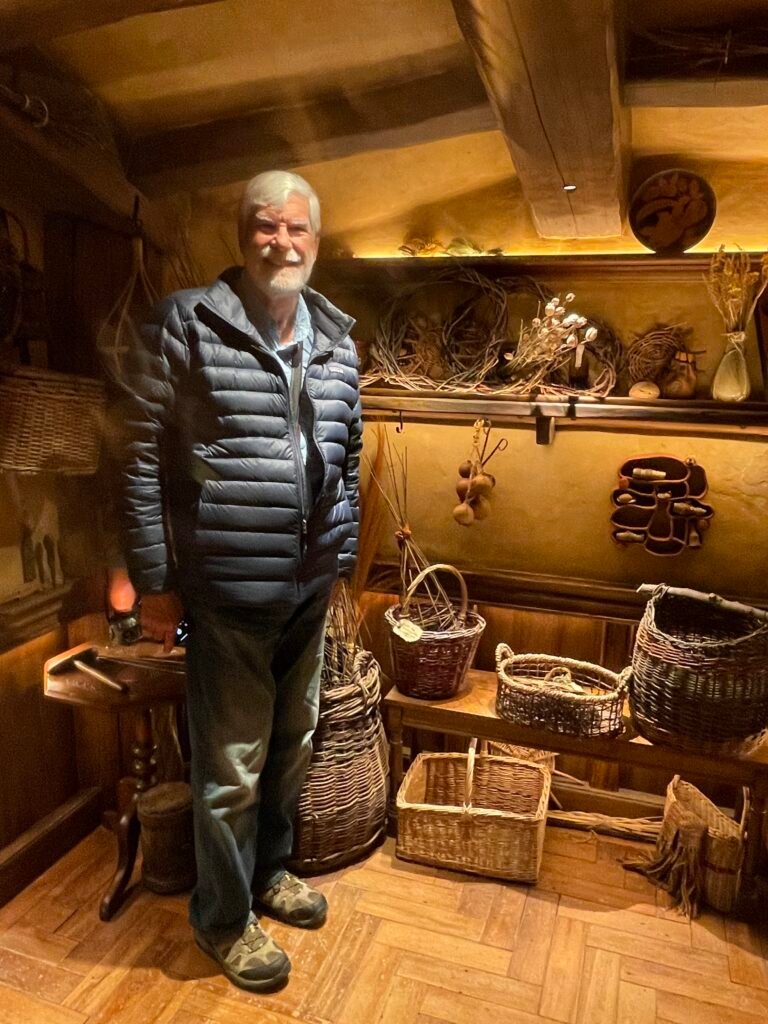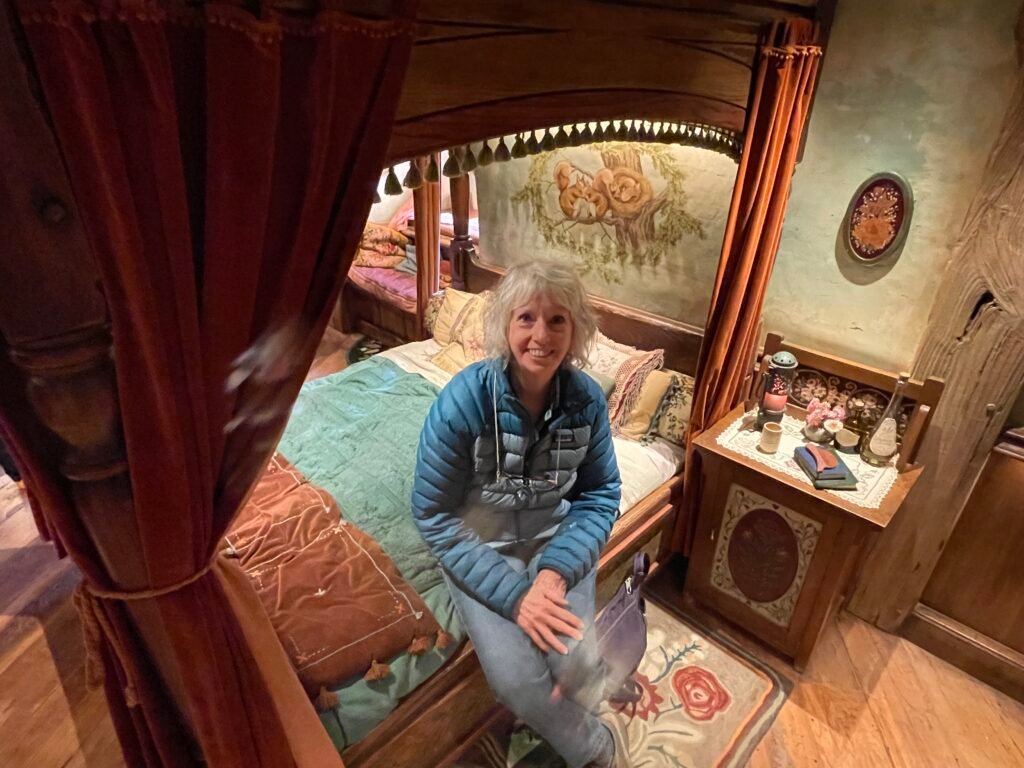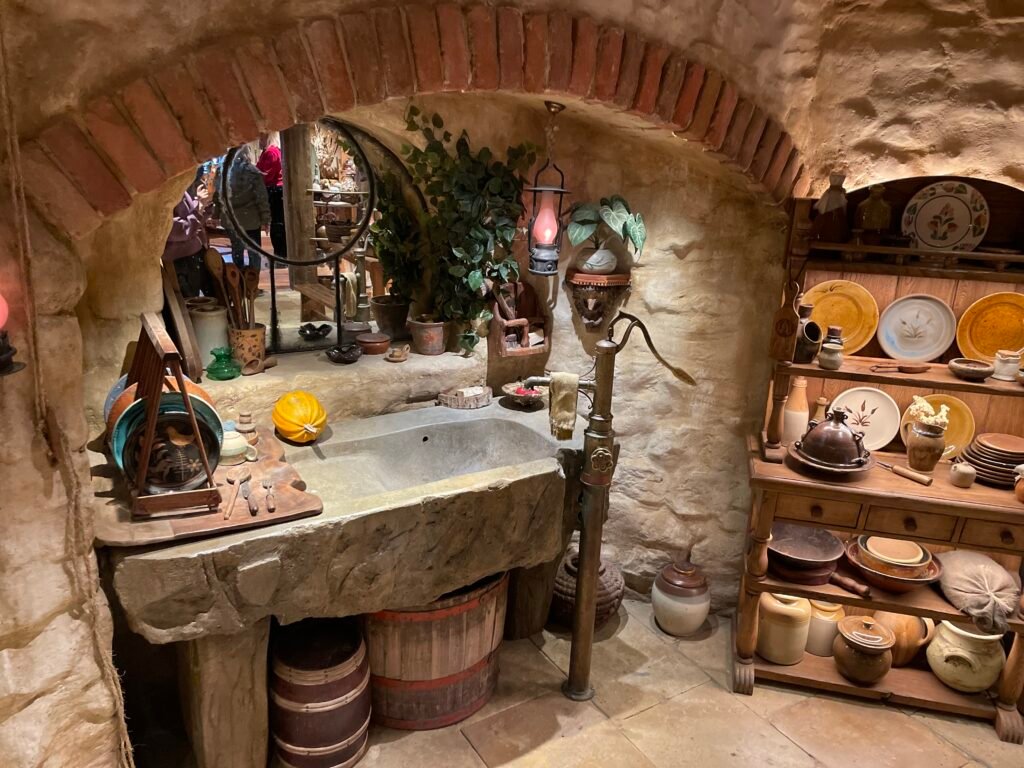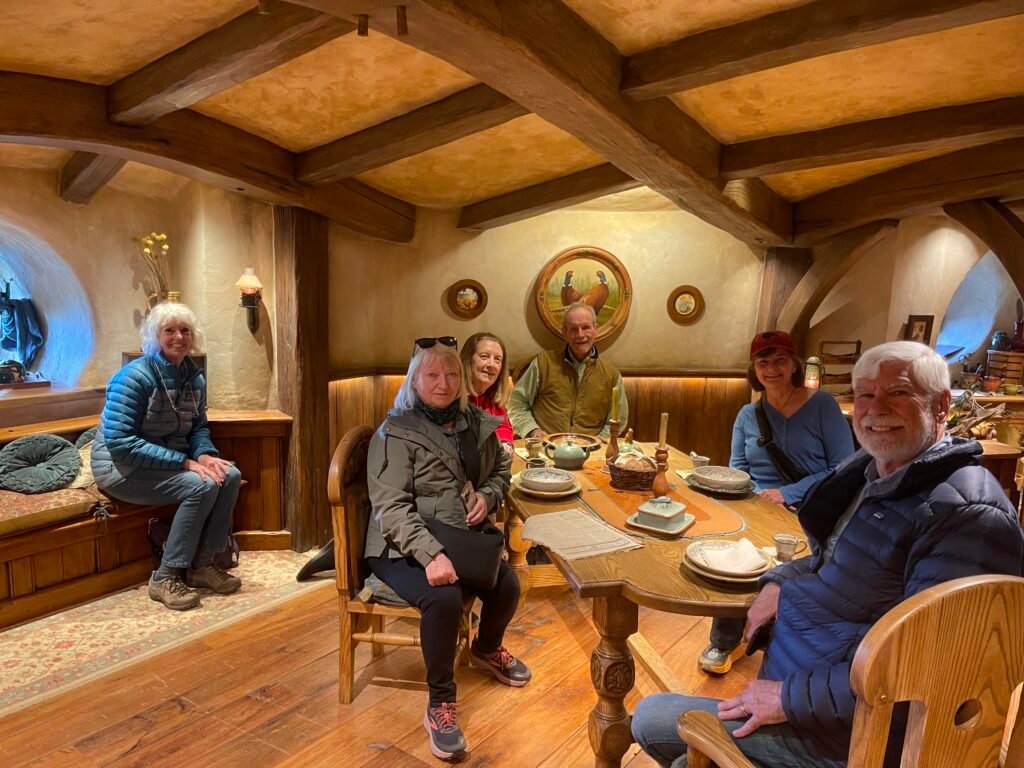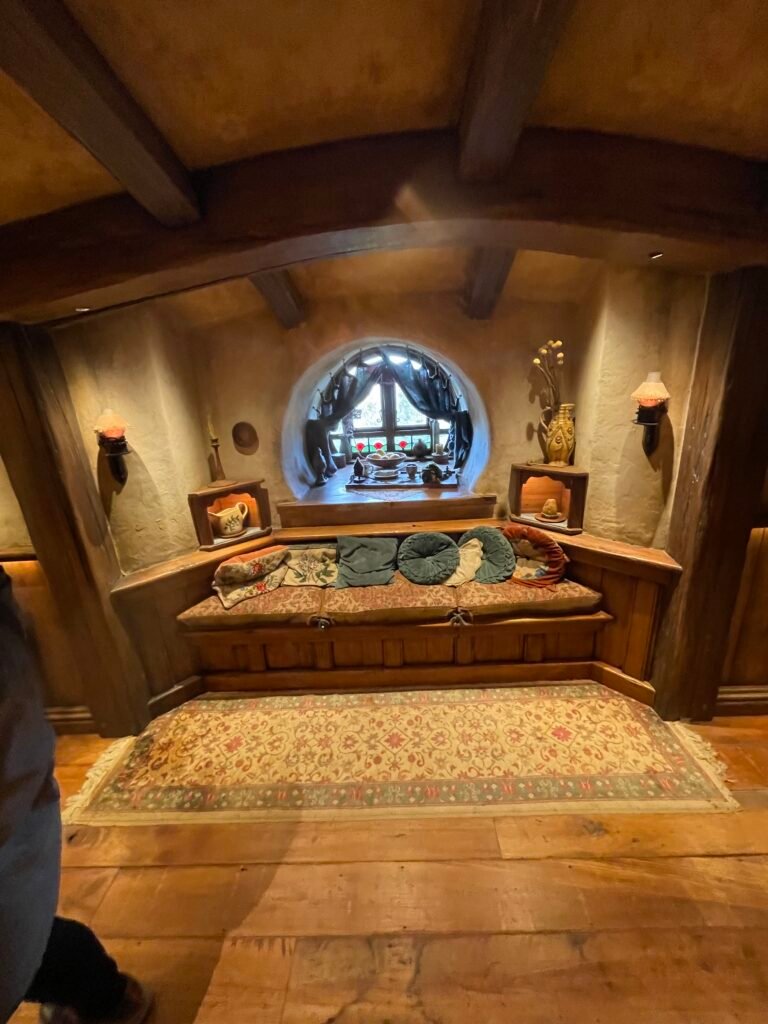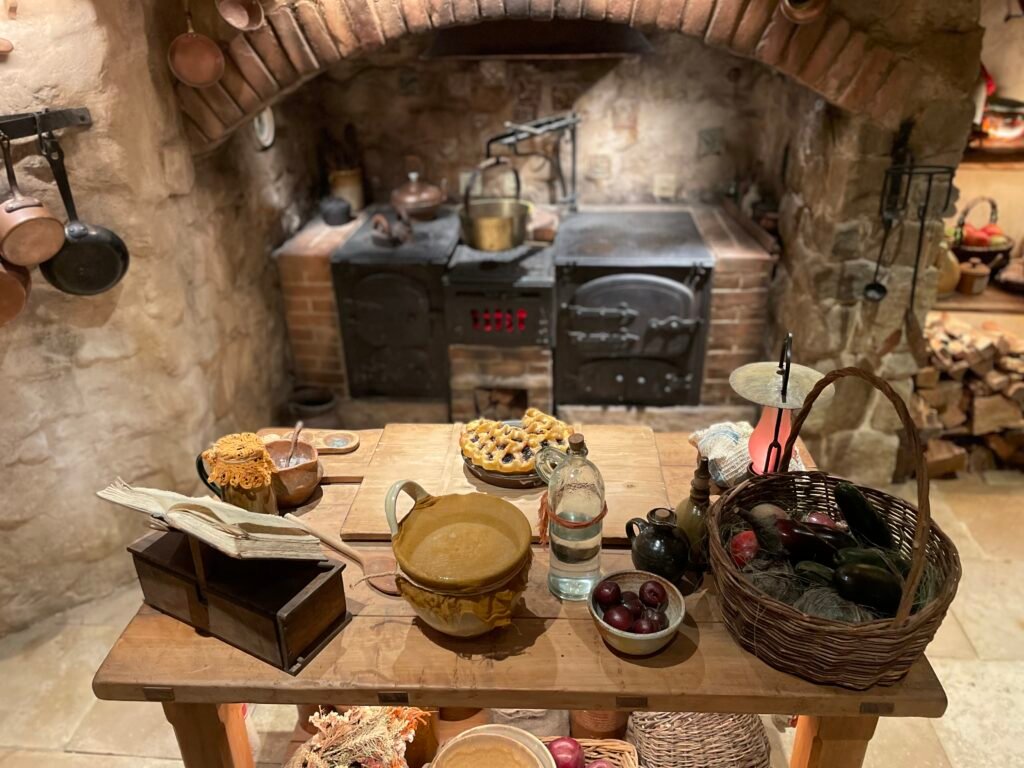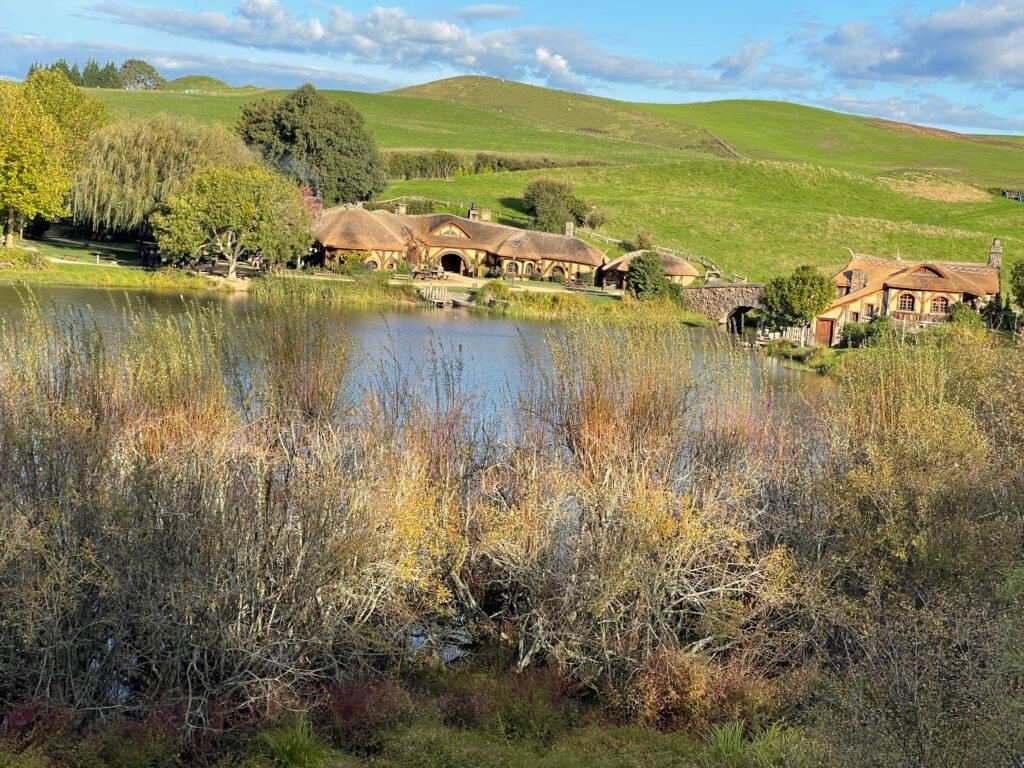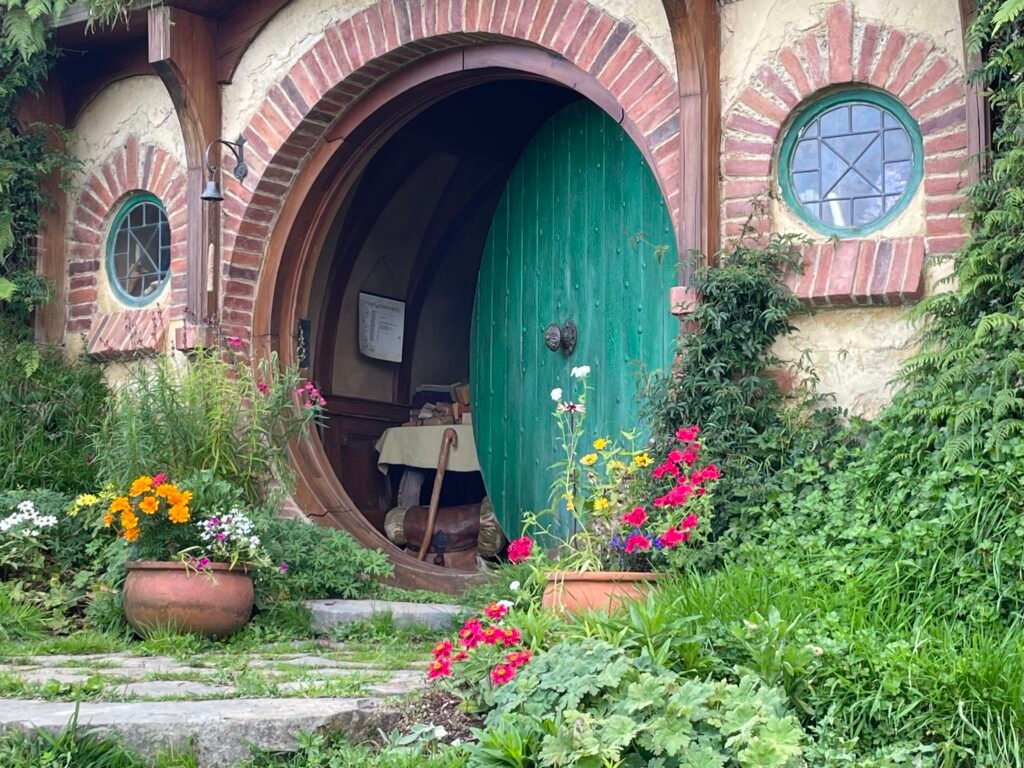September 1 Sunday United was wonderful with check-in for our flight yesterday. I don’t know if it was because it was a Saturday or because we had already pre-checked our luggage, but no lines and our checked bag was collected, put on the conveyer belt, and off we went for a nice lunch in the United lounge.
The flight was fine – Made it to Lima a little earlier than expected. We breezed through customs since a lady told us to go on the diplomats line which was very short. We must have looked important. LOL!
Our luggage arrived and some agent came over and said we needed to show her our luggage tags before we could leave. She didn’t ask anyone else to do so. I guess she didn’t realize we were “diplomats”. Anyway, we met our driver and he took us to the van for the trip to the hotel. While we were walking, men were following us closely…they didn’t realize at first we were with a driver and wanted to offer us rides. We were warned against this. One guy walked very close to us, but once he realized we were ignoring him and sticking close to our driver, he walked away.
We were trying to get out of the parking lot and after the gate arm lifted, we had to wait for someone to open the padlock on another gate so we could finally leave. Too funny.
The ride to the hotel was through a rather depressed looking area. However, even though it was around 10:30 at night, people were sitting outdoors or walking around and chatting with each other. I saw a few large commuter buses go by and they were filled with people. Wondered where they were going or coming from so late at night.
Right before we got to the hotel, we bumped along a cobblestone street for quite a ways. It really scrambled our brains!
Our hotel is nice and in a lovely neighborhood. Very clean and we received 8 complementary bottles of water from the front desk. You can’t drink the water in Peru so it is important to have a good supply of bottled water. If we buy water, we can only purchase in a reputable store since sometimes, in stores that are a bit unsavory, the bottles are filled with tap water and glued shut so you think they’re sealed.
Had a good night’s sleep and since we are only an hour difference from PA, no jet lag. Breakfast was okay… Minimal offerings but they did have an omelet station although Allan didn’t think the omelet he had was that great. I had a delicious slice of whole wheat that was much larger than a normal slice, and the crust was already removed! I toasted it and put cheese and scrambled eggs inside and made a sandwich. Very tasty. We should eat/drink dairy when we take our malaria pills and fortunately there is yogurt available.
We decided to walk around Lima and visit Huaca Pucllana, an archaeological site. On our way to the ruins, we passed a beautiful church and I used my minimal Spanish to inquire as to the name. The lady told me it was Inglesia Virgen Milagrosa, built around 1930. It is located at Parque Kennedy, a beautiful park with flowers blooming everywhere. There were also cats running around everywhere and the park has little houses for the cats to go into when the weather gets chilly. As we walked along we saw people on bikes, scooters, and skates, enjoying the beautiful Sunday morning.
We arrived at the ruins of Huaca Pucllana, which has been restored within the last 40 years and has become one of the main tourist attractions of Lima. It is built almost entirely by adobe bricks that were handmade and baked in the sun. The bricks are placed to withstand earthquakes, which was a pretty ingenuous feat considering that the site is over 1,000 years old. It stands 25 meters high and once stood as a pyramid. We were lucky that when we arrived, an English speaking guide was starting a tour and he took us all over the ruins, even climbing to the top. It was very interesting. As an aside, he told us to be prepared if you go from Lima to Cusco by plane (which we will be doing) because altitude sickness can be a problem. He said the most important thing to do, besides taking altitude sickness meds, is to take it easy and not try to begin touring right away. We’ll see how that goes.
There were some llamas and alpacas at the ruins and also a beautiful vegetable garden. I’m glad we decided to pay the ruins a visit and were lucky enough to get a great English speaking guide.
There was a restaurant right outside the ruins called Huaca Pucllana where we decided to have lunch and try some Peruvian fare. We each had a delicious pounded beef tenderloin with a fried egg on top. It was accompanied by fried plantains and a rice and beans pâté that the waiter poured olive oil over. We had a glass of wine and the whole meal, tip included came to $65 dollars! The tour was a total of $4 (we got the senior discount) so all in all, a bargain day.
I asked our waiter about mosquitos in Lima and he said no worries. There aren’t any to speak of. We told him we were going to the Peruvian Amazon and he said…Oh…be very careful! The mosquitoes are all over and carry dengue fever. Put lots of insect repellent on. We knew that, but to hear him say it so seriously was daunting. Well… No turning back now! We’ll just be very careful.
We got a little lost trying to get back to our hotel, but a kind man on a scooter helped us and we finally arrived back. We probably will have a bite to eat later and then it will be time for bed.
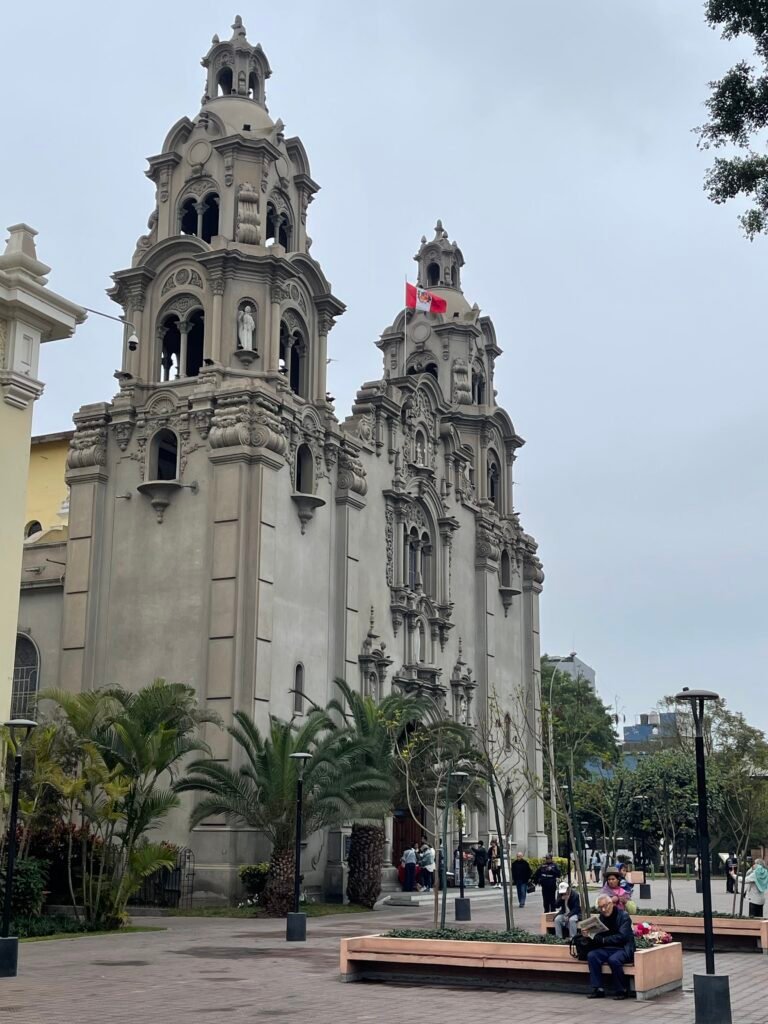
Inglesia Virgen Milagrosa
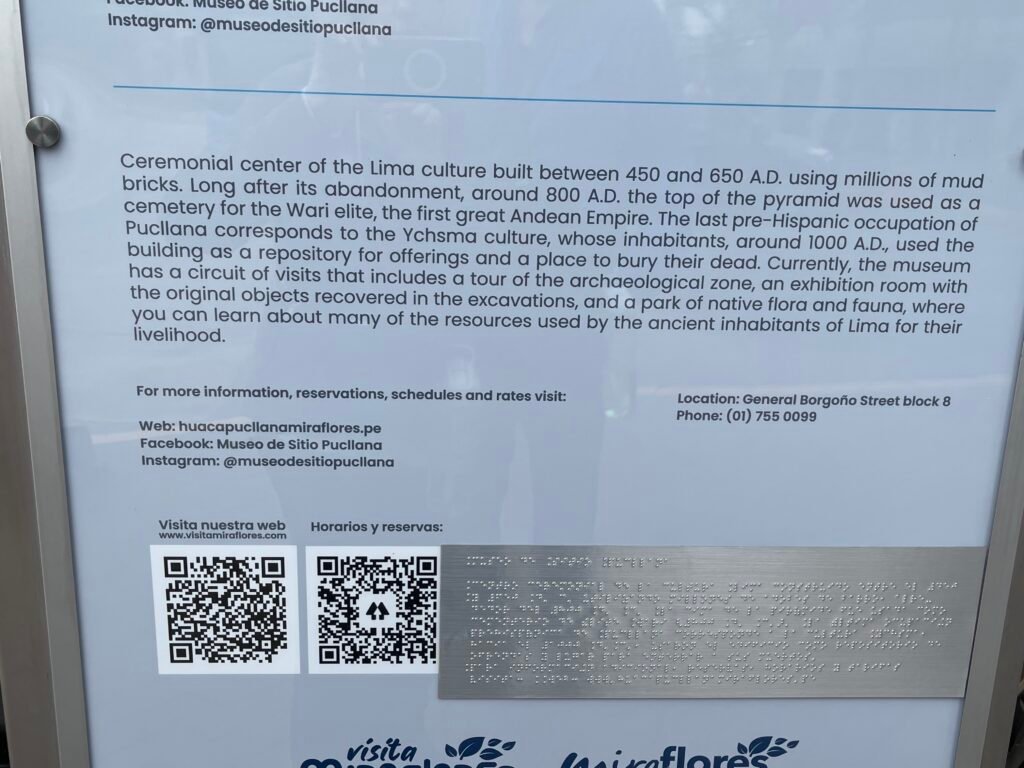
Huaca Pucllana

Huaca Pucllana
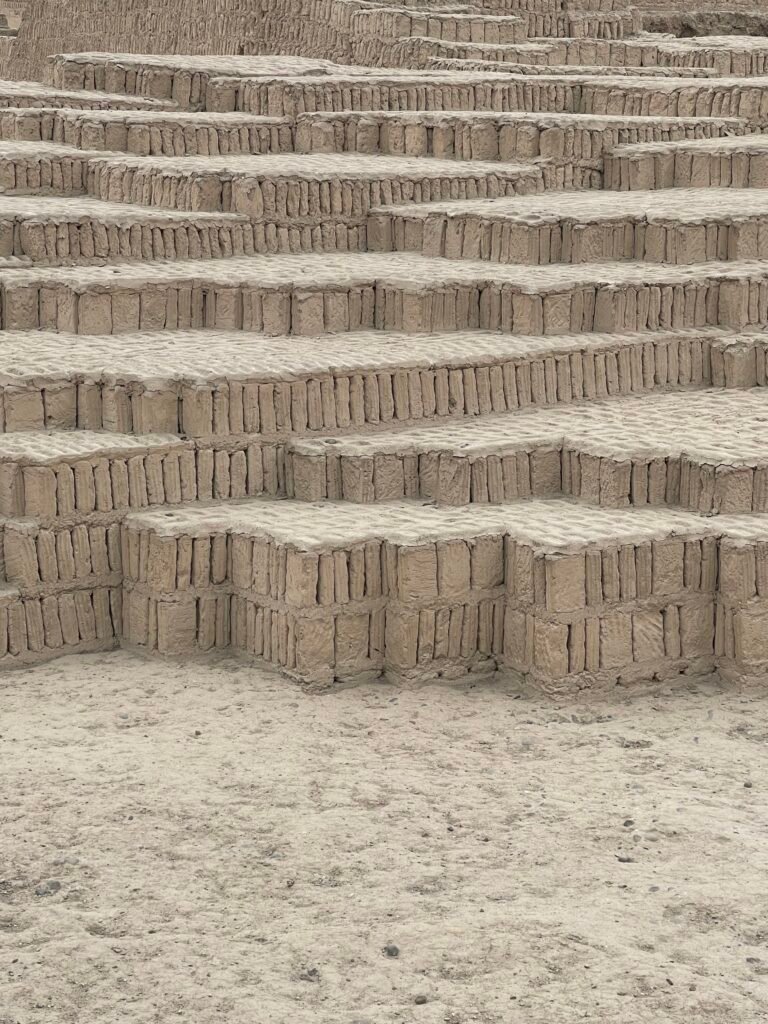
Huaca Pucllana

Huaca Pucllana
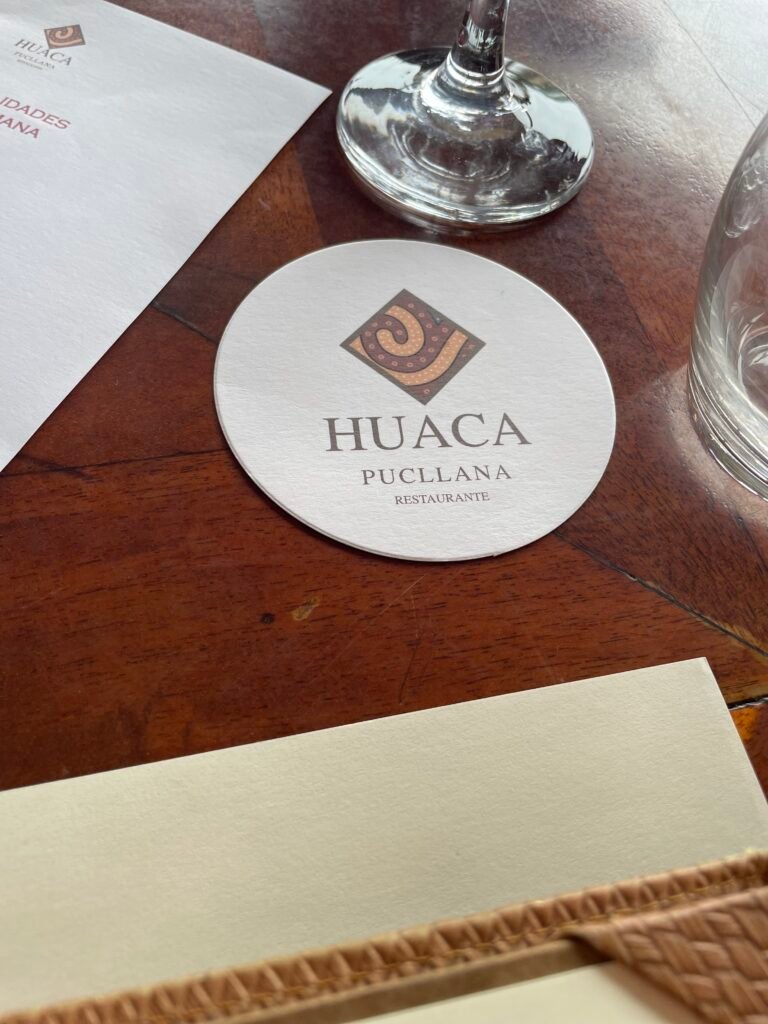
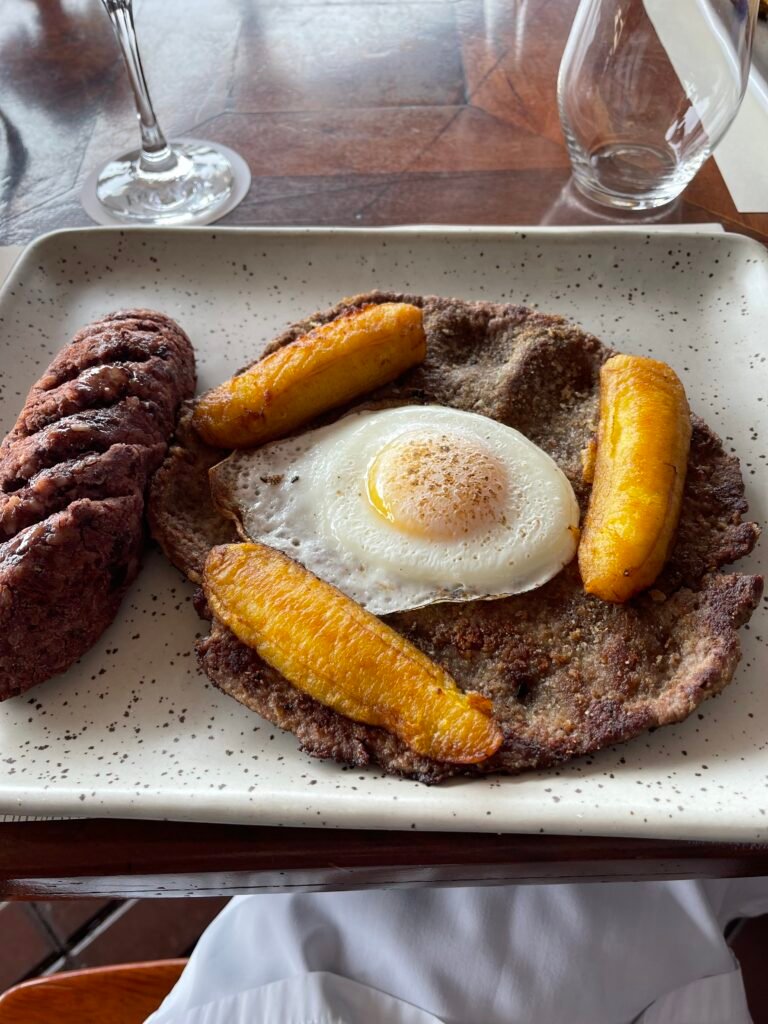
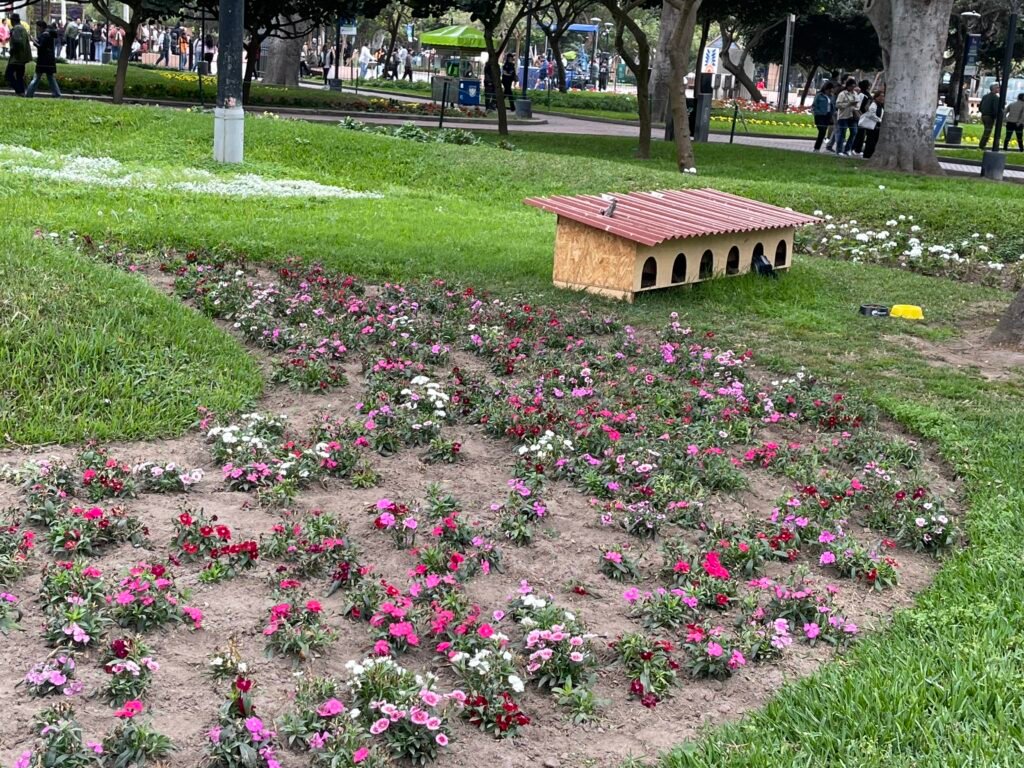
One of the cat houses at Parque Kennedy

